In 2014, Luke Cannon, aka Luke Learning Deer, helped us compile a species list of the flora and some of the fauna at Herb Mountain Farm. Over the years, Marc Williams has been a valued investor in not only updating this list, but bringing in plants to help broaden it!
This inventory begins with a description of our farm, and then a list, starting with trees and shrubs, of all the perennials here, as well as some animal life. This list is continually being updated, a true living document!
Species Inventory of Herb Mountain Farm
Weaverville, North Carolina compiled by Luke Cannon, Marc Williams and Mary Morgaine Squire in 2014, last updated March 2024
This list begins a general survey of the biota of Herb Mountain Farm Botanical Sanctuary. The property, starting at roughly 2,600ft and rising to about 3,800ft, primarily consists of West facing slopes but also includes some South, Northeast and North facing slopes. Herb Mountain peak rises to about 4,200ft just above, which is one of the major ridges of the Craggy Mountain range, just to the East.
The property of 138 acres primarily consists of young Mixed Pine Oak forest but also includes cultivated gardens residential, commercial and educational infrastructures along the flatter Western edge. Areas of older growth and Rich Cove forest offer higher diversity within the woodland, especially within coves along the drainages. Onion Rock, a Rocky Outcrop/Escarpment, exists along the upper ridge at about 3,600ft which deserves further investigation for uncommon species. There are two smaller westwardly draining streams, Banjo Branch and Dry Branch, that converge on the property in the wooded area of the Nature Trail, just below the old home site(stone chimney) before running down to Maney Branch. The Nature Trail makes a mile-long loop around the lower end of the property.
With hope this list will continue to grow and serve to aid those who will steward and enjoy this land for generations to come.
Trees, shrubs and plants are listed in alphabetical order under their scientific names by family, then genus, species and common name. Only perennials are listed, (sorry annuals!) Rare plants for the Appalachians will be indicated as “Rare”; plants of invasive status will have an * following their names. Plants that were only keyed to genus will be labeled with sp. following the generic name and spp. if there are more than one kind. Species of concern refers to its increase in dying or showing excess disease or insect damage. Mushrooms and fungi will be listed similarly. Noted Birds are listed by their common names. More Ferns, Grasses, Rushes, Sedges, Minerals, Invertebrates and Fauna, as well as Flora, are hoped to be added over time.
FLORA
TREES AND SHRUBS:
Adoxaceae
Sambucus canadensis, Common Elderberry
Viburnum acerifolium, Maple-leaved Viburnum
Viburnum dentatum, Arrowwood
Viburnum opulus, Snowball
Viburnum prunifolium, Black Haw or Cramp Bark
Viburnum rhytidophyllum, Leatherleaf Viburnum
Viburnum trilobum, High Bush Cranberry
Viburnum X pragense, Prague Viburnum
Anacardiaceae
Rhus aromatica, Fragrant Sumac
Rhus glabra, Smooth Sumac
Rhus typhina, Staghorn Sumac
Annonaceae
Asimina triloba, Common Paw-Paw
Aquifoliaceae
Ilex crenata, Japanese Holly
Ilex decidua, Winter Holly
Ilex glabra, Inkberry aka Appalachian Tea
Illex meservaea, Blue Maid Hollies
Ilex opaca, American Holly
Illex verticullata, Southern Gentlemen Winterberry
Berberidaceae
Berberis thunbergii, Barberry Bagatelle
Nandina domestica, Heavenly Bamboo
Betulaceae
Alnus sp., Alder
Betula lenta, Sweet Birch
Betula nigra, River Birch
Carpinus caroliniana, Musclewood
Corylus americana or cornuta, Mt. Hazelnut
Corylus avallena ‘contorta’, Harry Lauder’s Walking Stick
Ostrya virginiana, Hop Hornbeam
Buxaceae
Buxus sempervirens, Boxwood
Sarcococca hookeriana, Pumila Sweetbox
Calycanthaceae
Calycanthus floridus, Sweetshrub or Sweet Bubba or Carolina Allspice
Cannabaceae
Celtis sp. Hackberry
Caprifoliaceae
Weigelia sp.
Celastraceae
Euonymus alatus, Winged Burning Bush
Euonymus atropurpureus, Burning Bush or American Wahoo
Clethraceae
Clethra alniflora, Pepperbush
Cornaceae
Cornus alternifolia, Alternate-leaf Dogwood
Cornus amomum, Silky Dogwood
Cornus drummondii, Roughleaf Dogwood
Cornus florida, Flowering Dogwood (species of concern)
Cornus kousa
Cornus mas, Cornelian Cherry
Cornus racemes, Gray Dogwood
Cornus sericea, Red-osier Dogwood (Red Gnome variety)
Cupressaceae
Chamaecyparis pisifera, Boulevard Blue Sawara
Chamaecyparis pisifera, Vintage Gold Cypress
Juniperus chinensis, Angelica Blue Juniper
Juniperus conferta, Gold Coast
Juniperus horizontales, Gold strike
Thuja occidentalis, Northern Cedar
Ebenaceae
Diospyros virginiana, Persimmon
Diospyros kaki, Asian Persimmon
Elaeagnaceae
Hippophae rhamnoides, Sea Buckthorne
Ericaceae
Kalmia latifolia, Mountain Laurel
Oxydendron arboreum, Sourwood
Rhododendron austrinum, Southern Flame Azaela
Rhododendron calendulaceum, Flame azalea
Rhododendron maximum, Rosebay Rhododendron or Great Laurel
Rhododendron periclymenoides, Pinxter Azaela
Rhododendron sp., Swamp Azaela
Rhododendron spp., Rhododendron
Vaccinium altomontanum, Blue Ridge Blueberry
Vaccinium corymbosum, Highbush Blueberry
Vaccinium pallidum or stamineum Blueberries
Vaccinium vagratum, Rabbiteye Blueberry
Fabaceae
Albizia julibrissin, Mimosa
Cledastris kentuckea, Yellowwood
Cercis canadensis, Eastern Redbud
Robinia pseudoacacia, Black Locust (species of concern)
Fagaceae
Castanea mollisima, Chinese Chestnut
Fagus grandifolia, American Beech
Quercus alba, White Oak (species of concern)
Quercus falcata, Southern Red Oak
Quercus macrocarpa, Bur Oak
Quercus montana, Chestnut Oak
Quercus rubra, Northern Red Oak
Quercus stellata, Post Oak
Quercus velutina, Black Oak
Gingkoaceae
Ginko biloba, Gingko
Grossulariaceae
Ribes rotundifolium, Appalachian Gooseberry*
Hamamelidaceae
Fothergilla sp., Witch Alder
Hamamelis vernal, Ozark Witch Hazel
Hamamelis virginiana, Witch Hazel
Hydrangeaceae
Deutzia sp. “Dwarf”
Hydrangea arborescens, Wild Hydrangea
Hydrangea quercifolia, Oak Leaf Hydrangea
Hydrangea spp., Ornamental varieties
Philadelphus inodorus, Scentless Mock Orange
Illiaceae
Illicium floridanum, Star Anise Tree
Iteaceae
Itea virginica, Virginia Sweetspire
Juglandaceae
Carya cordiformis Bitternut Hickory
Carya glabra, Pignut Hickory
Carya ovalis, Red Hickory
Carya tomentosa, Mockernut Hickory
Carya illinoinensis, Pecan
Juglans nigra, Black Walnut
Lamiaceae
Clerodendrum sp., Glorybower
Vitex agnus castus, Chaste Berry
Vitex nigra
Lauraceae
Lindera benzoin, Spicebush
Sassafras albidum, Sassafras
Lythraceae
Lagerstromeia indica, Crepe Myrtle Siren Red Whit VII
Magnoliaceae
Liriodendron tulipifera, Tulip Tree
Magnolia acuminata, Cucumber Magnolia
Magnolia fraseri, Fraser or Mountain Magnolia
Magnolia grandiflora, Southern Magnolia
Magnolia macrophylla, Big Leaf Magnolia
Magnolia liliifolia, Japanese Magnolia
Magnolia hybrid acuminata and denudata, Butterfly Magnolia
Magnolia virginiana, Sweet Bay
Malvaceae
Hibiscus syriacus, Rose of Sharon
Tilia heterophylla, Appalachian Basswood or Linden
Tilia sp., European cultivar
Moraceae
Ficus carna, Dessert King
Maclura pomifera, Osage Orange
Morus alba, White Mulberry*
Morus rubra, Red Mulberry
Morus rubra, Dwarf variety Gerardi
Musaceae
Musa spp., Banana*
Nyssaceae
Nyssa sylvatica, Black Gum or Tupelo
Oleaceae
Abeliophylum distichum, White Forsythia
Chionanthus virginicus, Fringe Tree or Grandaddy Graybeard
Forsythia sp., Forsythia
Fraxinus americana, White Ash
Fraxinus spp., Ash (species of concern)
Ligustrum sinense, Privet*
Syringa sp., Lilac. One is Scentara cultivar
Pinaceae
Picea glauca, Dwarf Alberta Spruce
Pinus koraiensis, Korean Pine
Pinus strobus, Eastern White Pine
Pinus virginiana, Scrub Pine
Pinus taeda, Loblolly Pine
Tsuga canadensis, Eastern Hemlock (species of concern)
Tsuga caroliniana, Carolina Hemlock (this species is at risk of becoming threatened and endangered, worldwide)
Platanaceae
Platanus occidentalis, American Sycamore
Rhamnaceae
Ceonothus americanus, Redroot, New Jersey Tea
Frangula carolinians, Carolina Buckthorn
Franfula alnus, Asplenifolia
Rosaceae
Amelanchier arborea, Tree Serviceberry or Juneberry
Chamaenomeles xsuperba cameo, Flowering Quince
Crataegus spp., Hawthorn
Kerria japonica, Yellow Rose of Texas
Malus sp., Apple
Physocarpus opulifolius, Ninebark
Prunus avium, Bird Cherry
Prunus pensylvanica, Fire Cherry
Prunus serotina, Black Cherry (species of concern)
Prunus sp., Cherry
Prunus sp. Cherry dwarf variety Juliet
Prunus sp., Native Plum
Prunus tomentosa, Nanking Cherry
Pyrus communis, Pear
Rosa caroliniana, Carolina Rose
Rosa multiflora, Multiflora Rose*
Rosa rugosa, Rugosa Rose*
Rosa virginiana, Virginia Rose
Rosa spp., Rose Ornamentals (Morgaine’s apothecary rose from Muffi; Firefighter; Celestial Night;
Rubus occidentalis, Black Cap Raspberry
Rubus phoenicolasius, Wineberry
Rubus sp., Blackberry
Rubus sp., Raspberry
Sorbus americana, Rowan or Mountain Ash
Spirea alba, White flowering Spirea
Spirea japonica* Very Invasive
Spirea prunifolia, Old-Fashioned Bridle Wreath Spirea
Rubiaceae
Cephalanthus occidentalis, Buttonbush
Gardenia jasmanoides, Gardenia
Rutacee
Ptelea trifoliata Wafer Ash or Hoptree
Poncirus trifoliata, Trifoliate Orange “Flying Dragon”
Salicaceae
Salix babylonica, Weeping Willow
Salix caprea, Dwarf Pussy Willow
Salix discolor, Pussy Willow
Salix sp., Willow, basket willows
Sapindaceae
Acer japonica, Japanese Maple Vitifolium
Acer negundo, Eastern Box Maple or Box Elder
Acer pensylvanicum, Striped Maple
Acer rubrum, Red Maple
Acer saccharinum, Silver Maple
Acer saccharum, Sugar Maple
Aesculus sylvatica, Painted Buckeye
Koelreuteria paniculata, Golden Rain Tree
Simaroubaceae
Ailanthus altissima, Tree of Heaven*
Styracaceae
Halesia tetraptera, Carolina Silverbell
Styrax americanus, American Snowbell
Taxaceae
Taxus sp., Yew
Theaceae
Cammelia sinensis, Tea
Thymelaeaceae
Daphne odora, Daphne
Ulmaceae
Ulmus rubra, Slippery Elm
HERBACEOUS PLANTS (MONOCOTS)
Acoraceae
Acorus calamus, Sweet Flag or Calamus
Agavaceae
Agave americana, Agave
Camassia scilloides, Eastern Camas or Quamash Lily
Hosta spp., Hosta
Yucca filamentosa, Yucca
Amaryllidaceae
Allium spp., Ornamentals
Allium cernuum, Nodding Onion
Allium sativum, Garlic as we love it!
Alium tricoccum, Ramps
Allium vineale, Field Garlic or Wild Onion
Lycoris radiata, Red Spider Lily
Narcissus pseudonarcissus, Daffodil
Araceae
Amorphophallus konjac, Voodoo Lily
Arisaema dracontium, Green Dragon
Arisaema triphyllum, Jack-in-the-Pulpit, Indian Turnip
Arum maculatum, Lords and Ladies
Zantedeschia aethiopica, Calla Lilly
Asparagaceae
Hesperaloe parviflora, Red Yucca
Maianthemum racemosum, Solomon’s Plume
Polygonatum biflorum or pubescens, Solomon’s Seal
Polygonatum kingianum, Huang Jing
Asphodelaceae (Xanthorrhoeaceae)
Asphodelus albus, Asphodel
Hemerocallis fulva, Day Lily
Colchicaceae
Uvularia perfoliata, Perfoliate Bellwort
Uvularia sessilifolia, Sessile Bellwort
Commelinaceae
Commelina communis, Asiatic Dayflower
Tradescantia ohiensis, Spiderwort
Cyperaceae
Carex cherokeeninsis, Cherokee Sedge
Carex flaca, Blue Zinger Sedge
Carex pensylvanica, Pennsylvania Sedge
Carex plantaginea, Plantain Leaved Sedge
Carex spp., Sedges
Dioscoraceae
Dioscorea polystachya, Cinnamonvine, Air Potato*
Dioscorea villosa, Wild Yam
Iridaceae
Crocosmia sp., Lucifer’s Tongue
Iris cristata, Dwarf Crested Iris
Iris fulva, Copper Iris
Iris pseudoacorus, Yellow Flag
Iris spp.
Juncaceae
Juncus effusus, Soft Rush
Juncus tenuis, Path Rush
Hyacinthaceae
Hyacinthus orientalis
Hyacinthus transcaspicus
Muscari atlanticum, Grape Hyacinth
Ornithogalum umbellatum, Star of Bethlehem
Liliaceae
Erythronium sp., Trout Lily
Lilium michauxii, Carolina Lily
Lilium superbum, Turk’s Cap Lily
Liriope muscari, Liriope
Medeola virginiana, Wild or Indian Cucumber
Prosartes lanuginosa, Yellow Mandarin or Fairy Bells
Scilla siberica, Siberian Squill
Melanthiaceae
Chamelirium luteum, Fairy Wand
Trillium cuneatum, Sweet Betsy or Purple Toadshade
Trillium catesbaei, Nodding Pink Flowering Trillium
Trillium erectum, Stinking Willie
Trillium luteum, Yellow Trillium
Trillium rugelii, Southern or Tall Nodding Trillium
Veratrum viride, White Hellebore or Cornhusk-lily
Orchidaceae
Aplectrum hyemale, Adam and Eve or Puttyroot
Corallorhiza sp., Coralroot Orchid
Cypripedium acaule, Pink Lady’s Slippers
Galearis spectabilis, Showy Orchid
Goodyera pubescens, Rattlesnake Orchid
Spiranthes cernua, Nodding Ladies’ Tresses
Tipularia discolor, Cranefly Orchid
Poaceae
Andropogon gerdi, Black Hawk Grass
Anthoxanthum odorata, Eastern Vernal Sweetgrass
Arundinaria gigantea, Rivercane
Arundo donax, Peppermint Stick or Striped Giant Reed*
Bouteloua curtipendula, Sideoats Gramma
Chasmanthium latifolium, River Oats
Dichanthelium clandestinum, Deer-Tongue Grass
Dichanthelium sp., Witch Grass
Digitaria sanguinalis, Hairy Crag Grass
Heirochloe odorata, Ceremonial Sweetgrass
Leymus arenerius, Blue Lyme Grass
Microstegium vimineum, Japanese Stilt Grass*
Miscanthus sinensis, Chinese Silver Grass*
Muhlenbergia capillaris, Pink Hair Grass
Panicum virgatum, Panicgrass or Switchgrass
Phalaris arundinacea, Reed Canary Grass*
Poa annua, Bluegrass
Schizachyrium scoparium, Little Bluestem
Sorghum halapense, Johnson Grass*
Smilacaceae
Smilax glauca, Greenbrier or Sarsparilla
Smilax herbacea, Smooth Carrion Flower
Smilax rotundifolia, Common Greenbriar or Catbriar
Typhaceae
Typha angustifolia or latifolia, Cattail*
HERBACEOUS PLANTS (DICOTS)
Acanthaceae
Acanthus mollis and spinosa, Bear’s Breeches
Ruellia caroliniensis, Carolina Wild Petunia
Amaranthaceae
Amaranthus spp.
Chenopodium album, Lamb’s Quarter or Goose-foot
Anacardiaceae
Toxicodendron radicans, Eastern Poison Ivy
Apiaceae
Angelica archangelica, European Angelica
Angelica gigas, Angelica
Angelica sinensis, Dong Quai
Angelica triquinata, Filmy Angelica
Cryptotaenia canadensis, Honewort
Daucus carota, Queen Anne’s Lace
Eryngium yuccifolium, Rattlesnake Master
Ligusticum canadense, Appalachian Osha or Angelico
Myrrhis odorata, European Sweet Cicely
Osmorhiza claytonii, Sweet Cicely
Osmorhiza longistylis, Long Style Sweet Cicely
Pastinaca sativa, Wild Parsnip
Sanicula canadensis, Short-styled Snakeroot
Sanicula gregaria, Clustered Snakeroot
Zizia aurea, Common Golden Alexander
Apocynaceae
Amsonia tabernaemontana, Blue Star
Apocynum cannibinum, Dogbane
Asclepias exaltata, Poke Leaved Milkweed
Asclepias incarnata, Swamp Milkweed
Asclepias quadrifolia, Four-Leaved Milkweed
Asclepias syriaca, Common Milkweed
Asclepias tuberosa, Butterfly Weed
Matelea carolinensis, Carolina Milkvine
Vinca minor, Vinca or Periwinkle
Araliaceae
Aralia racemosa, Spikenard
Aralia spinosa, Devil’s Walking Stick
Hedera helix, English Ivy
Eleuthrococcus sp., Siberian Ginseng
Panax quinquefolius, American Ginseng
Tetrapanax papyrifer, Rice Paper Plant
Aristolochiaceae
Isotrema macrophyllum, Dutchman’s Pipevine
Aristolochia serpentaria, Virginia Snakeroot
Asarum canadense, Wild Ginger
Asarum splendens. Asian Wild Ginger
Hexastylis arifolia, Little Brown Jugs
Asteraceae
Achillea borealis, Native Yarrow
Achillea millifolium, Yarrow
Ambrosia artemisiifolia, Common Ragweed *
Ambrosia trifida, Great Ragweed
Anacyclus pyrethrum, Pelliatory
Antennaria plantagnifolia, Rosy Pussy-Toes
Arctium minus, Common Burdock
Arnoglossum atriplicifolium, Pale Indian Plantain
Artemisia absinthium, Wormwood
Artemisia annua, Sweet Annie
Artemisia vulgaris, Mugwort*
Aster novae-anglia, Alma Potschke
Aster oblongifolus, Aromatic Aster
Bidens frondosa, Beggar’s Ticks
Bigelowia nuttallii, Nutalls Rayless Goldenrod
Boltonia asteroides, Wavy Aster
Centaurea cyanus, Bachelor’s Button
Chrysanthemum morifolium, Gong-ju-hua and Bo-ju-hua
Chrysogonum virginianum, Green and Gold
Chrysopsis mariana, Golden Aster
Cichorium intybus, Chicory
Cirsium discolor, Field thistle
Cirsium sp., Thistle
Conoclinum coelestinum, Blue Mist or Hardy Ageratum
Coreopsis latifolia
Coreopsis major, Whorled Coreopsis
Coreopsis sp., Ornamentals
Dahlia pinnata, Dahlia
Echinacea angustifolia, Narrow-leaved Purple Coneflower
Echinacea laevigata, Native Appalachian Echinacea
Echinacea paradoxa, Ozark Coneflower
Echinacea purpurea, Eastern Purple Coneflower
Echinacea tennesseensis, Tennesse Purple Coneflower
Elephantopus tomentosa/carolinianus, Elephant’s Foot
Erechtites heiraciifolius, Pilewort
Erigeron annus, Annual Fleabane
Erigeron philadelphicus, Daisy Fleabane
Erigeron pulchellus, Robin’s Plantain
Eupatorium perfoliatum, Boneset
Eupatorium serotinum, Thoroughwort or Late Boneset
Eurybia divaricata, White Heart-leaved or Wood Aster
Eurybia macrophyllum, Big Leaf Aster
Euthamia graminifolia, Grass-Leaved Goldenrod
Eutrochium maculatum, Spotted Joe-Pye Weed
Eutrochium steelei, Appalchian Joe-Pye Weed
Galinsoga ciliata, Galinsoga or Quickweed
Helianthus angustifolius, Swamp Sunflower
Helianthus grosseserratus, Sawtooth Sunflower
Helianthus maximilianii, Maximillian Sunflower
Helianthus mollis, Ashy Sunflower
Helianthus niveus, Showy Sunflower
Helianthus tuberosus, Jerusalem Artichoke
Heliopsis helianthoides, Oxeye Sunflower
Hieracium venosum, Rattlesnake weed
Inula helenium, Elecampane
Ionactis linariifolius, Stiff-leaved Aster
Krigia montana, Mountain Dwarf Dandelion
Lactuca canadense, Wild Lettuce
Leucanthemum vulgare, Ox-Eye Daisy
Liatris aspera, Rough Blazing Star
Liatris pycnostachya, Prairie Blazing Star
Liatris spicata, Blazing Star or Gayfeather
Marshall mohrii, Barbara’s Buttons
Nabalus altissimus, White Lettuce or Gall of the Earth
Packera anonyma, Small’s Ragwort
Packera aurea, Golden Ragwort
Parthenium integrifolium, Wild Quinine
Petasites japonica, Giant Coltsfoot, Fuki*
Pityopsis graminifolia, Narrow-leaf Silk Grass
Pseudognaphalium obtusifolium, Rabbit Tobacco or Sweet Everlasting
Ratibida pinnata, Prairie or Gray-headed Coneflower
Rudbeckia hirta, Black Eyed Susan
Rudbeckia laciniata, Sochan or Tall Yellow Coneflower
Rudbeckia fulgide, Orange Coneflower
Rudbeckia maxima, Giant/Great/Large Coneflower
Santolina chamaecyparissus, Lavender Cotton
Senecio vulgaris, Common Groundsel
Silphium laciniatum, Compass Plant
Silphium perfoliatum, Cup Plant
Silphium wasiotense, Appalachian Rosinweed
Silphium trifoliatum, Whorled Rosinweed
Smallanthus uvedalia, Leafcup or Bear’s Foot
Silybum marianum, Milk Thistle
Solidago arguta, Atlantic Goldenrod
Solidago bicolor, Silverrod
Solidago curtisii Mountain Decumbent Goldenrod
Solidago canadensis, Canada Goldenrod
Solidago flexicaulis Zigzag Goldenrod
Solidago nemoralis, Gray Goldenrod
Solidago odora, Anise Scented Goldenrod
Solidago rugosa, Wrinkled Leaf Goldenrod
Solidago speciosa, Showy Goldenrod
Solidago sphacelata, Autumn Goldenrod
Sonchus oleraceus, Common Sow Thistle
Stokesia laevis, Stoke’s Aster
Symphyotrichum cordifolium, Common Blue Wood Aster
Symphyotrichum dumosum, Rice Button Aster
Symhpyotrichum ericoides, White Heath Aster
Symhpyotrichum laeve, Smooth Blue Aster
Symphyotrichum patens, Late Purple Aster
Symphyotrichum pilosum, Frost Aster
Symphyotrichum puniceum, Swamp Aster
Symphyotrichum undulatum, Wavyleaf Aster
Tanacetum parthenium, Feverfew
Tanacetum vulgare, Tansy
Taraxacum officinale, Dandelion
Tristem perfoliatum, Horse Gentian or Feverwort
Verbesina alternifolia, Wingstem
Verbesina virginica, White Crownbeard
Vernonia altissima, Ironweed
Xanthium spinosum/strumarium, Cockleburr
Youngia japonica, Asian Hawksbeard
Balsaminaceae
Impatiens capensis, Spotted Jewelweed
Impatiens pallida, Pale or Yellow Jewelweed
Berberidaceae
Caulophyllum thalictroides, Blue Cohosh
Epimedium sp., Horny Goat Weed
Jeffersonia diphylla, Twin Leaf
Podophyllum peltatum, Mayapple
Bignoniaceae
Campsis radicans, Trumpet Vine
Boraginaceae
Anchusa ochroleuca, Yellow Alkanet
Anchusa officinalis, Anchusa Azure
Borago officinalis, Borage
Cynoglossum virginiana, Hound’s Tounge
Hydrophyllum sp., Waterleaf
Mertensia virginica, Virginia Bluebells
Myosotis sp., Forget-Me-Not
Phacelia bipinnatifida, Fern-leaved Phacelia
Pulmonaria officinalis, Lungwort
Symphytum grandiflorum, Running Comfrey Hydicote Blue*
Symphytum officinale, Comfrey
Symyphyum uplandicum, Russian Comfrey
Brassicaceae
Armoracia rusticana, Horseradish
Barbarea verna, Cress
Brassica rapa, Field Mustard/Wild Rutabaga
Capsella bursa-pastoris, Shephard’s Purse
Cardamine hirsuta, Wintercress
Cardimine laciniata, Cut-leaved Toothwort
Cardamine pensylvanica, Pennsylvania Watercress
Draba verna, Vernal Whitlow Grass
Erysimum sp. Wallflower
Iberis sempervirens, Candytuft
Lepidium campestre, Resourceful Person’s Pepper
Lunaria annua, Money Plant
Nasturtium officinale, Watercress
Orychophragmus violaceus, Chinese Violet Cress
Buxaceae
Pachysandra procumbens, Allegheny Spurge
Cactaceae
Cylindropuntia imbricata, Tree Cholla
Cylindropuntia x viridiflora, Rat Tail Cholla
Echinocereus triglochidiatus, King Cup Cactus
Opuntia humifusa, Eastern Prickly Pear
Opuntia spp., Prickly Pear
Campanulaceae
Campanula americana, Tall Bellflower
Campanula divaricata, Southern Harebell
Laurentia (or Isotoma) fluviatilis, Blue Star Creeper
Lobelia cardinalis, Cardinal Flower
Lobelia inflata, Indian Tobacco
Lobelia puberula Downy Lobelia
Lobelia siphilitica, Great Blue Lobelia
Lobelia spicata, White Lobelia
Lobelia spp., Lobelia
Triodanis perfoliata, Venus Looking Glass
Caprifoliaceae
Lonicera japonica, Japanese Honeysuckle*
Lonicera sempervirens, Southeastern Native Honeysuckle or Coral Honeysuckle
Valeriana officinalis, Valerian
Caryophyllaceae
Cerastium fontanum ssp. vulgare, Mouse-eared chickweed
Dianthus armeria, Deptford Pink
Dianthus deltoides, Maiden Pink
Dianthus spp., Sweet William
Saponaria officinalis, Bouncing Bet or Soapwort
Silene caroliniana, Wild Pink, Catchfly
Silene ovata, Blue Ridge Catchfly
Silene stellata, Starry Campion, Widow’s frill
Silene virginica, Fire Pink
Silene vulgaris, Maiden’s Tears or Bladder Campion
Stellaria media, Common Chickweed
Stellaria pubera, Great Chickweed
Valerianella locusta, Corn Salad or Mache
Celastraceae
Celastrus orbiculatus, Oriental Bittersweet*
Euonymus fortunei, Wintercreeper*
Cistaceae
Lechea minor, Thymeleaf Pinweed
Cleomaceae
Cleome hassleriana, Spider flower
Convolvulaceae
Calystegia spp., Bindweed
Convolvulus arvensis, Morning Glory*
Cuscuta sp., Dodder
Ipomoea coccinea, Small Red Morning Glory
Ipomoea hederacea Ivy Leaf Morning Glory
Ipomoea purpurea, Common Morning Glory*
Crassulaceae
Hylotelephium spectabile, Autumn Joy
Hylotelephium telephioides, Allegheny Stonecrop. Locally Rare
Sedum telephioides, Live Forever
Sedum ternatum, Wild Stonecrop
Cucurbitaceae
Gynostemma pentaphyllum, Jiaogulan* (INVASIVE!)
Diapensiaceae
Galax urceolata, Galax
Shortia galacifolia, Oconee Bells
Ephedraceae
Ephedra sp., Mahuang or Mormon Tea
Equisetaceae
Equisetum arvense, Field Horsetail
Equisetum hyemale affinis, Scouring Rush
Ericaceae
Chimaphila maculata, Striped Pipsissewa
Gaultheria procumbens, Wintergreen
Leucothoe fontanesiana, Dog Hobble
Monotropa hypopitys, Pine Sap
Monotropa uniflora, Ghost Pipe or Indian Pipe
Euphorbiaceae
Acalypha sp., Three-seeded Mercury
Chamaesyce maculata, Spotted Spurge
Euphorbia corollata, Flowering Spurge
Euphorbia cyparissias, Graveyard Plant or Cypress Spurge*
Euphorbia lathyris, Mole Plant or Gopher Spurge
Euphorbia maculata, Prostrate Spurge
Ricinus communis, Castor Bean
Fabaceae
Amorpha fruitcosa, Desert False Indigo
Amphicarpa bracteata, Hog Peanut
Apios americana, Groundnut
Astragalus canadensis, Canadian Milkvetch
Astragalus propinquus, Astragalus
Baptisia australis, Wild Indigo
Baptisia leucantha, White False Indigo
Baptisia, Decadence Lemon Meringue cultivar
Desmanthus illinoensis, Prairiehuasca
Desmodium glutinosum, Pointed Leaf Tick Trefoil
Desmodium nudiflorum, Naked Flower Tick Trefoil
Genista tinctoria, Dyer’s Broom
Lathyrus latifolia, Sweet Pea
Lespezeda spp.
Lupinus spp., Lupines*
Securigera varia, Crown Vetch
Senna hebecarpa, Northern Wild Senna
Tephrosia virginiana, Devil’s Shoestrings
Thermopsis villosa, Golden Banner
Trifolium campestre, Low Hop Clover
Trifolium pratense, Red Clover
Trifolium repens, White Clover
Vicia sp., Vetch
Wisteria frutescens, Native Wisteria
Gentianaceae
Gentian sp., True Blue Gentian
Gentiana andrewsii, Andrew’s or Bottle Gentian
Gentiana lutea, Yellow Gentian
Gentiana tibetica, Tibetan Gentian
Obolaria virginica, Woodland Pennywort or Coy Gentian
Geraniaceae
Geranium maculatum, Wild Geranium
Geranium molle, Dove’s Foot Geranium
Hypericaceae
Hypericum gentianoides, Orangegrass
Hypericum perforatum, St. John’s Wort
Hypericum prolificum, Shrubby St. John’s Wort
Hypericum punctatum, Spotted Saint John’s Wort
Hypercium sp., St. Andrew’s Cross
Lamiaceae
Agastache foeniculum, Anise Hyssop
Betonica officinalis, Hedgenettle
Blephilia ciliata or hirsuta, Downy wood mint
Caryopteris x clandonensis, Bluebeard
Collinsonia canadensis, Richweed, Horsebalm or Stoneroot
Glechoma hederacea, Ground Ivy, Alehoof or Gill Over the Ground*
Lamiastrum galeobdoblon, Herman’s Pride Archangel*
Lamium aplexicaule, Henbit
Lamium purpureum, Purple Dead Nettle
Lavandula spp., Lavender (Munstead, Elegance Purple, Czech)
Leonurus cardiaca, Motherwort
Leonurua sibiricus, Siberian Motherwort
Lycopus europaeus, Europe Bugleweed*
Lycopus virginicus, American Bugleweed
Melissa officinalis, Lemon Balm
Mentha longifolia, Habek Biblical Mint
Mentha piperita, Peppermint
Mentha spp., Mints* Invasive
Monarda didyma, Bee Balm or Oswego Tea
Monarda fistulosa, Wild Bergamot
Monarda punctatum, Spotted Bee Balm
Nepeta cataria, Catnip
Ocimum sanctum, Holy Basil
Origanum vulgare, Oregano
Perilla frutescens, Shiso
Physostegia virginiana, Obedient Plant
Prunella vulgaris, Heal-All or Self Heal
Pycnanthemum montanum, Thinleaf Mountain Mint
Pycnanthemum muticum, Clustered Mountain Mint
Pycnanthemum sp., Mountain Mint
Salvia lyrata or urticifolia, Lyre Leaf Sage
Salvia officinalis, Garden Sage
Salvia guaranitica, Black and Blue Sage
Salvia miltiorrhiza, Red Sage/Denshen
Salvia rosmarinus, Rosemary
Salvia sclarea, Clary Sage
Salvia spp., More Ornamental Sages
Scutellaria baicalensis, Chinese Skullcap
Scutellaria elliptica, Hairy Skullcap
Scutellaria integrifolia, Helmet or Rough Skullcap
Scutellaria lateriflora, Mad Dog Skullcap
Teucrium chamaedrys, Creeping Germander
Thymus vulgaris, Thyme varieties
Linaceae
Linium usitatissimum, Flax
Loganiaceae
Spigelia marilandica, Indian Pink
Malvaceae
Althea officinalis, Marshmallow
Hibiscus coccineus, Swamp Hibiscus
Hibiscus moscheutos, Rose Mallow
Hibiscus spp., more ornamental and native varieties
Hibiscus trionum, Flower-of-an-Hour
Malva neglecta, Common Mallow or Cheese Mallow
Sida sp., Sida
Montiaceae
Claytonia virginica, Spring Beauty
Phemeranthus sp. (probably teretifolius). Appalachian Rock Pink or Flame Flower. This sp. though not rare, is restricted to rocky outcrops. Located on Onion Rock.
Moraceae
Fatoua villas, Mulberry Weed*
Myricaceae
Comptonia peregrina, Sweet Fern
Nyctaginaceae
Mirabilis jalapa, 4 o’clocks
Oleaceae
Jasminum nudiflorum, Winter Jasmine
Onagraceae
Circaea quadrisulcata or lutetiana, Enchanter’s Nightshade
Gaura biennis, Beeblossom
Ludwigia alternifolia, Seedbox
Oenothera biennis, Evening Primrose
Onethera fremontii, Shimmer
Oenothera fruticosa, Sundrops
Oenothera speciosa, Pink Ladies or Mexican Primrose
Orobanchaceae
Agalinus tenuifolia, Common Gerardia
Aureolaria flava, False-foxglove or Oak-leech
Aureolaria virginia, Downy False Foxglove
Conopholis americana, Bear Corn
Epifagus virginiana, Beechdrops
Orobanche minor, Common Broomrape
Pedicularis canadensis, Lousewort
Oxalidaceae
Oxalis corniculata, Creeping Wood Sorrel
Oxalis montana, Mountain Wood Sorrel
Oxalis stricta, Common Yellow Wood Sorrel
Paeoniaceae
Paeonia sp., Peony
Papaveraceae
Corydalis micrantha subsp. australis, Southern Corydalis or Scrambled Eggs
Dicentra canadensis, Squirrel Corn
Dicentra cucullaria, Dutchman’s Breeches
Dicentra spectabilis, White and Pink Bleeding Hearts
Eschscholzia californica, California Poppy
Papaver rhoeas, Common Poppy
Papaver somniferum, Opium Poppy
Papaver orientale, Turkish Poppy
Sanguinaria canadensis, Bloodroot
Stylophorum diphyllum, Wood Poppy or Celandine
Passifloraceae
Passiflora incarnata, Passionflower
Passiflora lutea, Yellow Passionflower
Phrymaceae
Mimulus ringens, Monkey Flower
Phryma leptostachya, Lopseed
Phytolaccaceae
Phytolacca americana, Pokeweed
Plantaginaceae
Chelone lyonii, Turtlehead
Chelone spp., Turtleheads
Digitalis purpurea, Foxglove
Penstemon spp., Beardtongue
Penstemon calycosus, Longsepal Beardtongue
Penstemon digitalis, Foxglove Penstemon
Penstemon hirsutus, Hairy Beardtongue
Plantago lanceolata, Lance Leaf Plantain
Plantago major, Wide Leaf Plantain
Plantago rugelii, Black Seed Purple Stem Wide Plantain
Veronica americana, American Brookline
Veronica beccabunga, Water Forget-Me-Not
Veronica peduncularis, Georgia Blue
Veronica persica, Bird’s Eye Speedwell
Veronica serpyllifolia, Thyme-leaved Veronica
Veronicastrum virginicum, Culver’s Root
Plumbaginaceae
Ceratostigma plumbaginoides, Plumbago
Polemoniaceae
Phlox carolina, Carolina Phlox
Phlox spp., Phlox
Phlox stolonifera, Creeping Phlox
Phlox subulata, Emerald Blue Phlox
Polygonaceae
Eriogonum allenii, Yellow Buckwheat
Fallopia multiflora, Heshouwu or Foti
Fallopia scandens, Climbing Wild Buckwheat
Polygonum spp., Knotweed, Smartweed,
Polygonum tenue, Pleatleaf Knotweed
Rumex acetosella, Sheep Sorrel
Rumex crispus, Curly Dock
Rumex obtusifolia, Obtuse Yellow Dock
Rumex sanguineus, Bloody Dock
Tovara virginiana, Virginia Jumpseed
Portulacaceae
Portulaca oleracea, Purslane
Primulaceae
Anagallis arvensis, Scarlet Pimpernel
Lysimachia ciliata v.purperea
Lysimachia clethroides, Gooseneck Loosestrife
Lysimachia japonica, Dwarf Creeping Jenny “minutissima”
Lysimachia lanceolate, Lance-leaved Loosestrife
Primula auricula, Yellow Mountain Cowslip
Primula meadia, Shooting Star
Ranunculaceae
Actaea pachypoda, Doll’s Eyes
Actaea podocarpa, Mountain Bugbane
Actaea racemosa, Black Cohosh
Anemone pulsatilla, Pasqueflower, Wind Flower, Easter Flower
Anemone quinquefolia, Wood Anemone
Anemone virginiana, Thimbleweed
Aquilegia canadensis, Columbine
Aquilegia spp., ornamental Columbines
Clematis virginiana, Virgin’s Bower
Clematis spp., Ornamental Clematis
Delphinium exaltum, Tall Larkspur
Delphinium tricorne, Wild Larkspur
Helleborus orientalis, Lenten Rose
Hepatica acutiloba, Sharp-lobed Hepatica
Hepatica nobilis, Liverwort, Liverleaf
Hydrastis canadensis, Goldenseal
Ranunculus abortivus, Small-flowered Crowfoot
Ranunculus bulbosus, Bulb-bearing Buttercup
Thalictrum dioicum, Meadow Rue
Trautvetterria carolinensis, Carolina Tassel Rue
Xanthorhiza simplicissima, Yellowroot
Rosaceae
Agrimonia parviflora, Small Flowering Agrimony
Agrimonia rostellata, Beaked Agrimony
Alchemilla vulgaris, Lady’s Mantle
Aruncus dioicus, Goatsbeard
Filipendula rubra, Meadowsweet or Queen of the Prairie
Fragaria sp., Strawberry
Geum sp., Avens
Gillenia stipulata, American Ipecac
Potentilla canadensis, Dwarf Cinquefoil
Potentilla indica, Indian Strawberry
Potentilla simplex, Common Cinquefoil
Sanguisorba minor, Salad Burnet
Rubiaceae
Diodia virginiana, Buttonweed
Galium aparine, Cleavers
Galium lanceolatum, Wild Licorice/Lance-leaved Galium
Galium latifolium, Wideleaf Bedstraw
Galium odorata, Sweet Woodruff
Galium pedemontanum
Houstonia purpurea, Purple Houstonia
Mitchella repens, Partridgeberry or Twin Flower (Species of concern)
Rubia tinctorum, Madder
Sherardia arvensis, Blue Field Madder*
Rutaceae
Ruta graveolens, Rue
Saururaceae
Anemopsis californica, Yerba Mansa
Houttuynia sp., Vietnamese Coriander*
Saururus cernuus, Lizard’s Tail
Saxifragaceae
Astilbe biternata, Appalachian Goat’s-beard
Astilbe sp., Ornamental
Heuchera americana, American Alumroot
Heuchera spp., Coral Bells
Micranthes micranthidifolia, Branch Lettuce
Mitella diphylla, Miterwort or Bishop’s Cap
Tiarella cordifolia, Foam Flower
Scrophulariaceae
Scrophularia nodosa, Figwort
Verbascum blattaria, Moth Mullein
Verbascum phoeniceum, Bouquet Mullein
Verbascum olympicum, Greek Mullein
Verbascum thapsus, Mullein
Solanaceae
Brugmansia versicolor, Apricot Angel’s trumpet
Datura metel, Indian Thornapple
Datura stramonium, Datura/Jimson weed
Nicandra physalodes, Apple of Peru
Nicotiana sp., Tobacco
Solanum americanum, Black Nightshade
Solanum carolinense, Carolina Horse Nettle
Talinanceae
Talinum panicualtum, Jewels of Opar or Fame Flower
Urticaceae
Laportea canadensis, Wood Nettle
Pilea pumila, Clearweed
Urtica dioica, Stinging Nettle*
Verbenaceae
Verbena hastata, Blue Vervain
Verbena stricta, Hoary Vervain
Verbena urticifolia, White Vervain
Violaceae
Hybanthus concolor, Eastern Green Violet
Viola blanda, Sweet white Violet
Viola hastata, Halberd-leaved Violet
Viola pedata, Birdfoot Violet
Viola pallens, Northern White Violet
Viola palmata, Early Blue Violet
Viola pubescens, Yellow Woodland Violet
Viola sororia var. sororia, Blue or Confederate Violet
Vitaceae
Parthenocissus quinquifolia, Virginia Creeper
Vitis sp., Fox Grape
Vitis sp., Scuppernong
Vitis sp., Grapes (Venus Seedless)
FERNS:
Aspleniaceae
Asplenium platyneuron, Ebony Spleenwort
Asplenium montanum, Mountain Spleenwort
Athyriaceae
Athyrium niponicum, Japanese Painted Fern
Dennstaedtiaceae
Pteridium aquilinum, Bracken Fern
Dryopteridaceae
Polystichum acrostichoides, Christmas Fern
Onocleaceae
Matteuccia struthiopteris, Ostrich Fern
Ophioglossaceae
Botrypus virginianus, Rattlesnake Fern or Sang-pointer
Osmundaceae
Osmunda regalis, Royal Fern
Sinopteridaceae
Adiantum capillus-veneris or pedatum, Maiden Hair Fern
Woodsiaceae
Athyrium filix-femina subsp. angustum or filix- femina subsp. aspleniodes, Lady Fern
Onoclea sensibilis, Sensitive Fern
Woodsia obtusa, Bluntlobe Cliff Fern
Polypodiaceae
Pleopeltis polypodioides, Resurrection Fern
Polypodium appalachianum, Appalachian Polypody
Thelypteridaceae
Phegopteris hexagonoptera, Broad Beech Fern
Thelypteris noveboracensis, New York Fern
LYCOPHYTES:
Huperziaceae (a clubmoss family)
Huperzia lucidula, Shining Clubmoss
Lycopodiaceae (a clubmoss family)
Diphasiastrum digitatum, Fan Clubmoss
Lycopodium spp., Running Cedar
Selaginellaceae
Selaginella sp.
MOSSES:
Brachytheciaceae
Bryoandersonia sp.
Fissidentaceae
Fissidens sp.
Orthotrichaceae
Ulota crispa
Polytrichaceae
Atrichium sp.
Polytrichum commune
Thuidiaceae
Thuidium sp.
FUNGI:
Agaricaceae
Lycoperdon
Boletaceae
Strobilomyces, Old Man of the Woods
Cantherellaceae
Cantharellus sp., Chanterelle
Corydicypitaceae
Cordyceps sp.
Helotiaceae
Chlorociboria aeruginascens, Blue-Green Stain Fungus
Hygrophoreaceae
Hygrophorus flavescens, Yellow Waxy Cap
Hypocreaceae
Hypomyces, Lobster Mushroom
Marasmiaceae
Marasmius rotula, Pinwheel Mushroom
Morchellaceae
Morchella esculenta, Morel
Nidulariaceae
Bird’s Nest Fungus
Omphalotaceae
Lentinula edodes, Shiitake
Omphalotus illudens, Jack O’ Lantern
Physalacriaceae
Armillaria sp. Honey Mushrooms
Pluerotaceae
Pleurotus ostreatus, Oyster Mushroom
Polyporaceae
Fistulina hepatica, Beefsteak Fungus
Laetiporus sp. Chicken of the Woods
Phellinus robiniae, Locust Polypore
Trametes versicolor, Common Turkey Tail
Trichaptum biforme, Violet-toothed Polypore
Pyronemataceae
Scutellinia scutellata, Eyelash Cup Fungus
Russulaceae
Russula sp., Russula
Lactarius spp.
Sebacinaceae
Tremellodendron pallidum, False Jelly Coral
Stereaceae
Stereum ostrea, Oyster Shaped Stereum
Xylariaceae
Xylaria polymorpha, Dead-man’s Fingers
LICHENS:
Umbilicaria americanus, Rock Trype
Usnea
SLIME MOLDS:
Lycogala epidendrum, Wolf’s Milk Slime Mold
Stemonitis splendens, Chocolate Tube-Slime
FAUNA
SIGNIFICANT INVERTEBRATES:
Halyomorpha halys, Brown Marmorated Stink Bug- Invading the home and land!!!!
Hypochilidae, Lampshade Spider. One of the oldest known lineages of living spiders. Lives in wide funnel/lampshade shaped webs on rock boulders or overhangs. Found on boulder near waterfall.
Mantis religiosa, European mantis
Meloe americanus, Blue-humpbacked-blister Beetle
Ground Wasps
BUTTERFLIES:
Nymphalidae
Danaus plexippus, Monarch
Polygonia comma, Comma
Papilonidae
Battus philenor, Pipevine Swallowtail
Papilio troilus, Spicebush Swallowtail
Pieridae
Phoebis sennae Suplhur
Pieris rapae, Cabbage White
BIRDS: (Seen or heard on the Property)
Accipitridae
Accipiter cooperi, Cooper’s Hawk
Circus hudsonius, Northern Harrier
Bombycillidae
Bombycilla cedrorum, Cedar Waxwing
Cardinalidae
Cardinalis cardinalis, Cardinal
Passerina ciris, Painted Bunting
Passerina cyanea, Indigo Bunting
Piranga olivacea, Scarlet Tanager
Cathartidae
Cathartes aura, Turkey Vulture
Certhidae
Tree Creeper
Columbidae
Zenaida macroura, Mourning Dove
Corvidae
Corvus sp., Crow
Cyanocitta cristata Bluejay
Cuculidae
Coccyzus erythrothalmus, Black-Billed Cuckoo
Fringillidae
Coccothraustes vespertinus, Evening Grosbeak
Spinus tristis, American Goldfinch
Hirundinidae
Hirundo rustica, Barn Swallow
Mimidae
Dumetella carolinensis, Gray Catbird
Mimus polyglottos, Northern Mockingbird
Paridae
Poecile carolinensis, Carolina Chickadee
Baeolophus bicolor, Tufted Titmouse
Parulidae
Mniotilta varia, Black and White Warbler
Seiurus aurocapilla, Oven Bird
Setophaga citrina, Hooded Warbler
Passerilidae
Junco hyemalis, Dark-Eyed Junco
Melospiza melodia, Song Sparrow
Pipilo erythrophthalmus, Eastern Towhee
Other Sparrows
Phasianidae
Grouse
Pheasant
Meleagris gallopavo, Wild Turkey
Picidae
Colaptes auratus, Northern Flicker
Dryobates pubescens , Downy Woodpecker
Dryocopus pileatus, Pileated Woodpecker
Leuconotopicus villosus, Hairy Woodpecker
Melanerpes carolinus, Red-bellied Woodpecker
Regulidae
Regulus satrapa, Goldencrowned Kinglet
Strigidae
Bubo virginianis, Great Horned Owl
Megascops asio, Eastern Screech Owl
Strix varia, Barred Owl
Trochilidae
Archilochus colubris, Ruby-Throated Hummingbird
Troglodytidae
Thryothorus ludovicianus, Carolina Wren
Troglodytes hiemalis, Winter Wren
Turdidae
Sialia sp., Blue Bird
Turdus migratorius, American Robin
Tyrinnidae
Sayornis phoebe, Eastern Phoebe or Flycatcher
Tytonidae
Tyto alba, Barn Owl
Vireonidae
Vireo olivaceus, Red-Eyed Vireo
We added Gambusia Mosquito Fish to Emerald Pond, gifts from Doug and Yanna



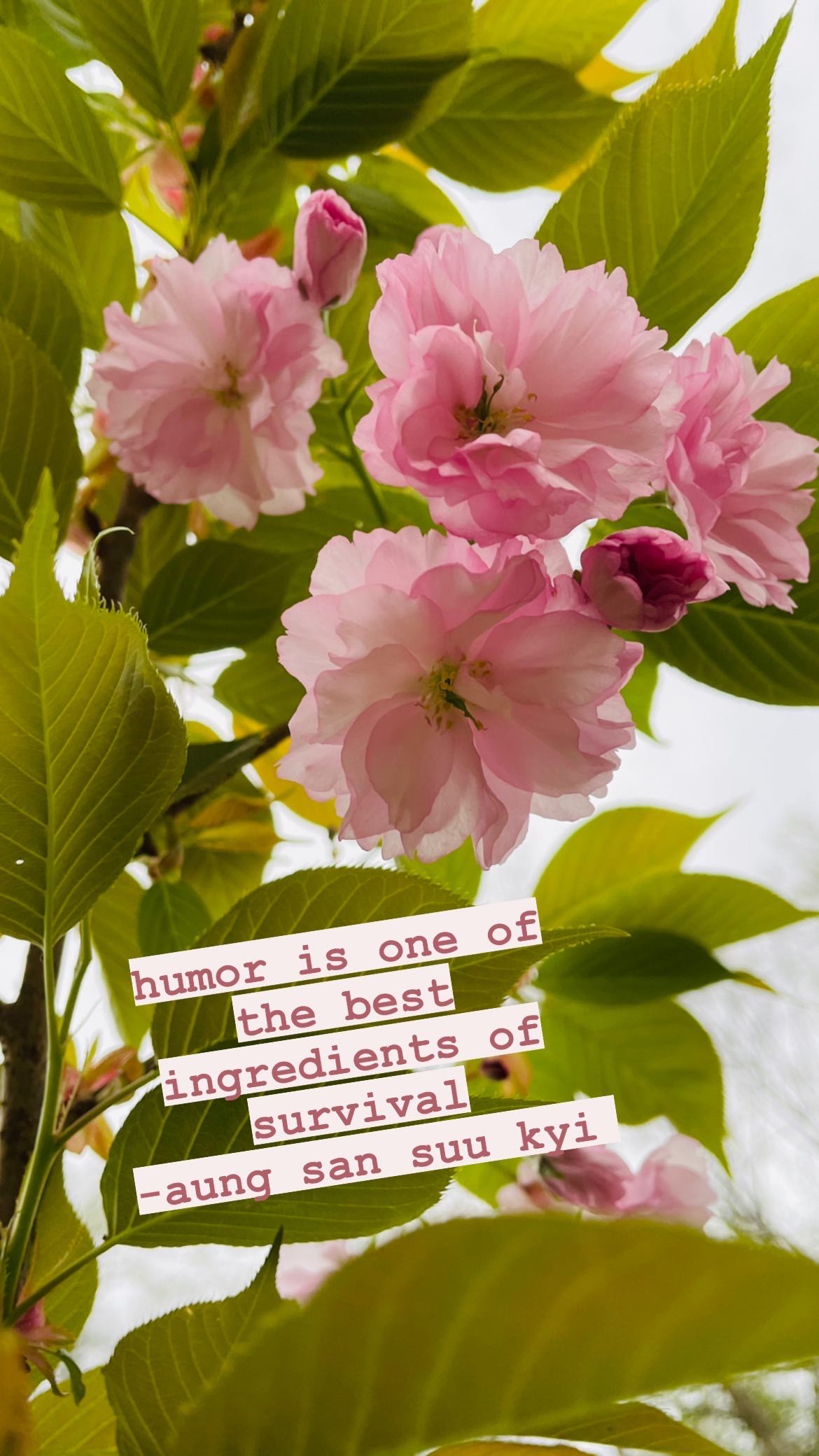

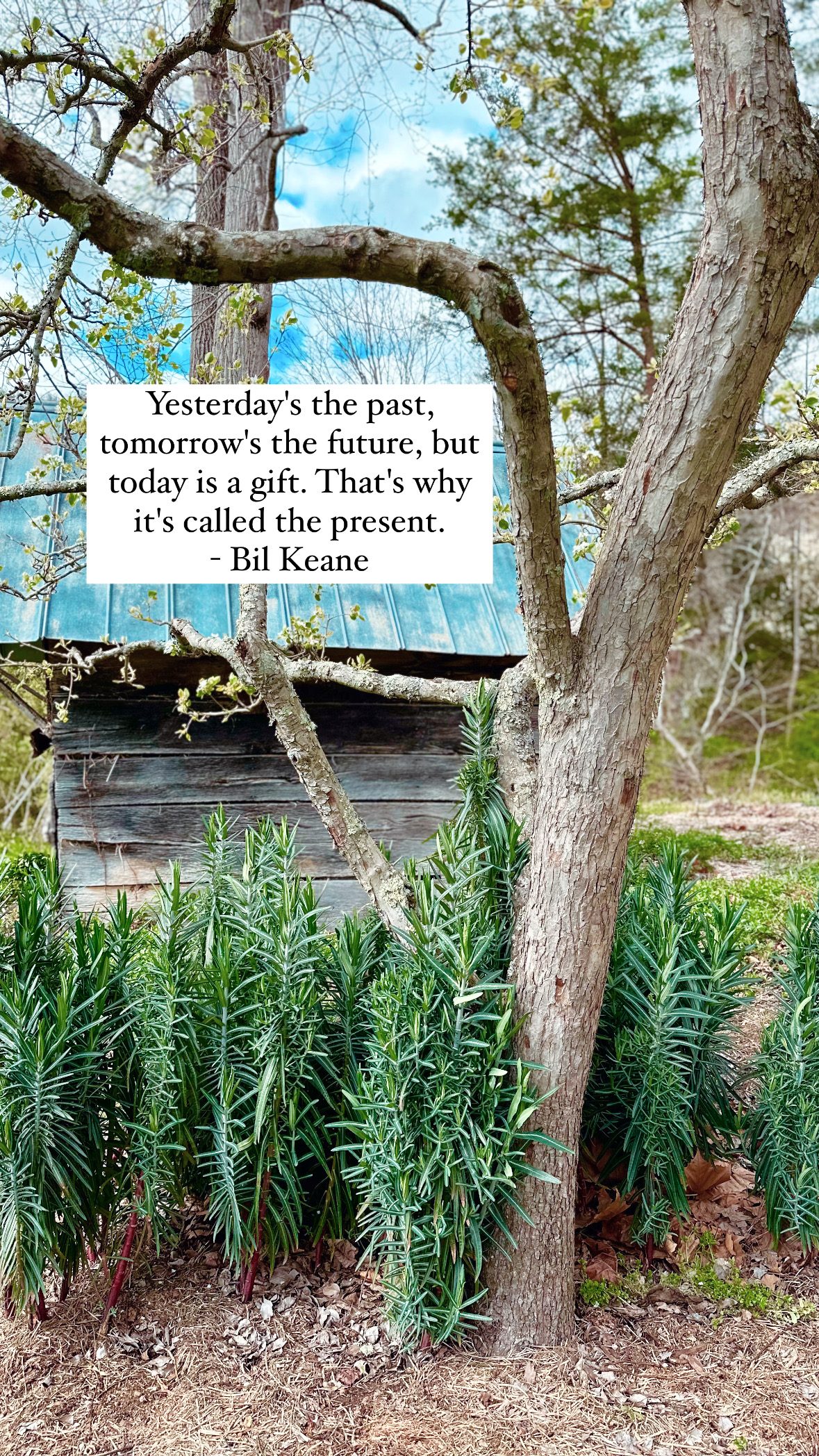

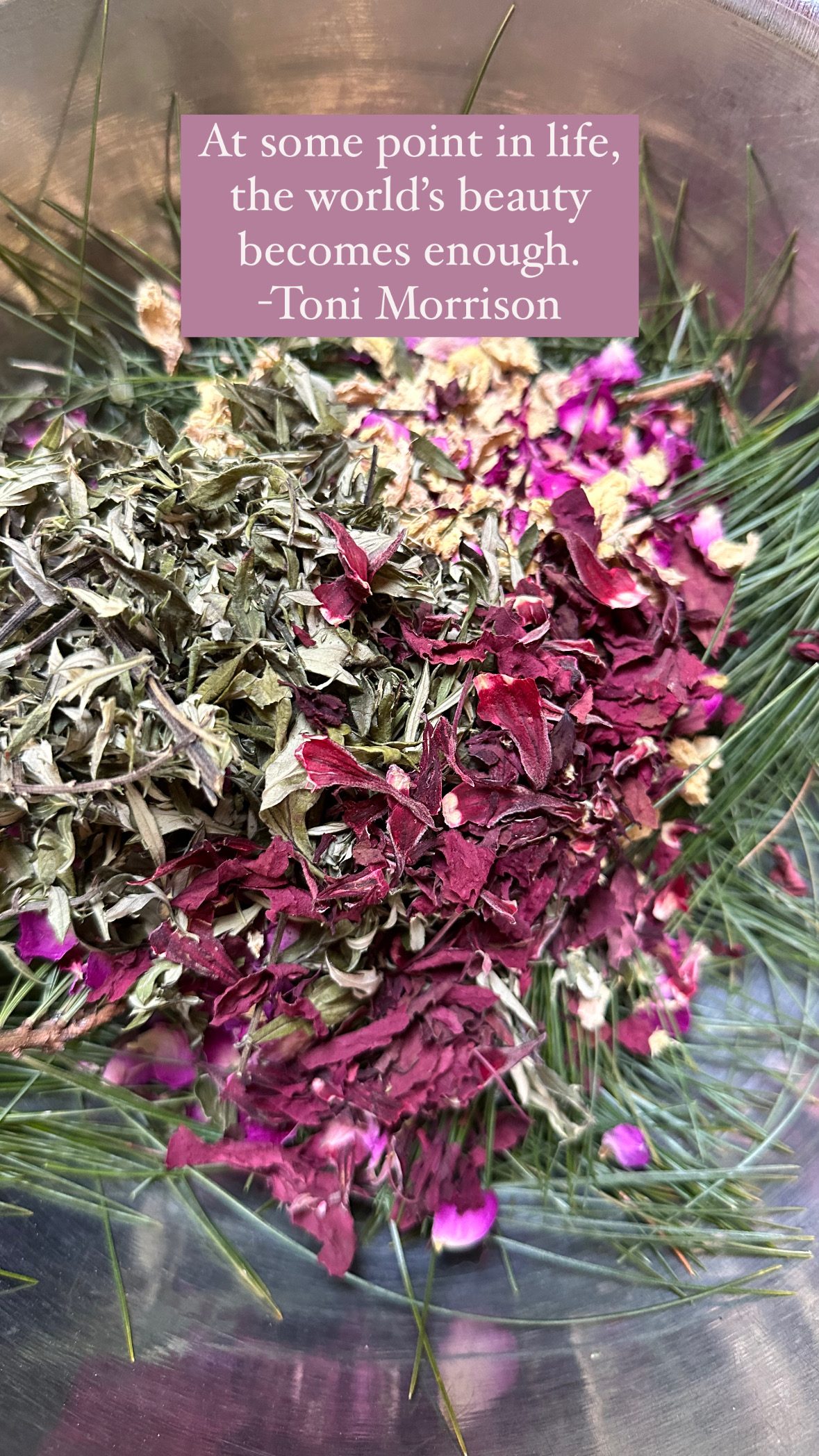





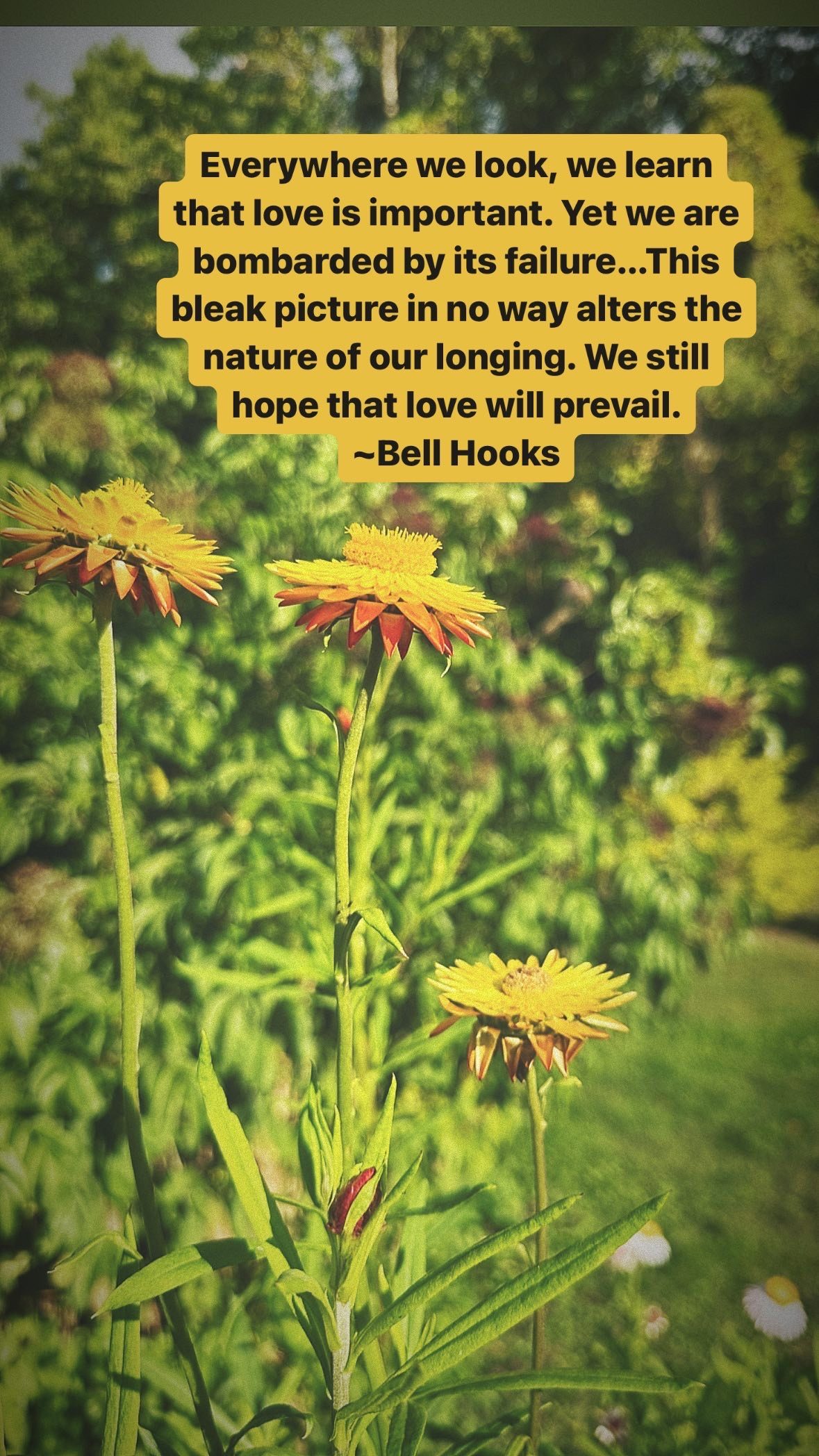
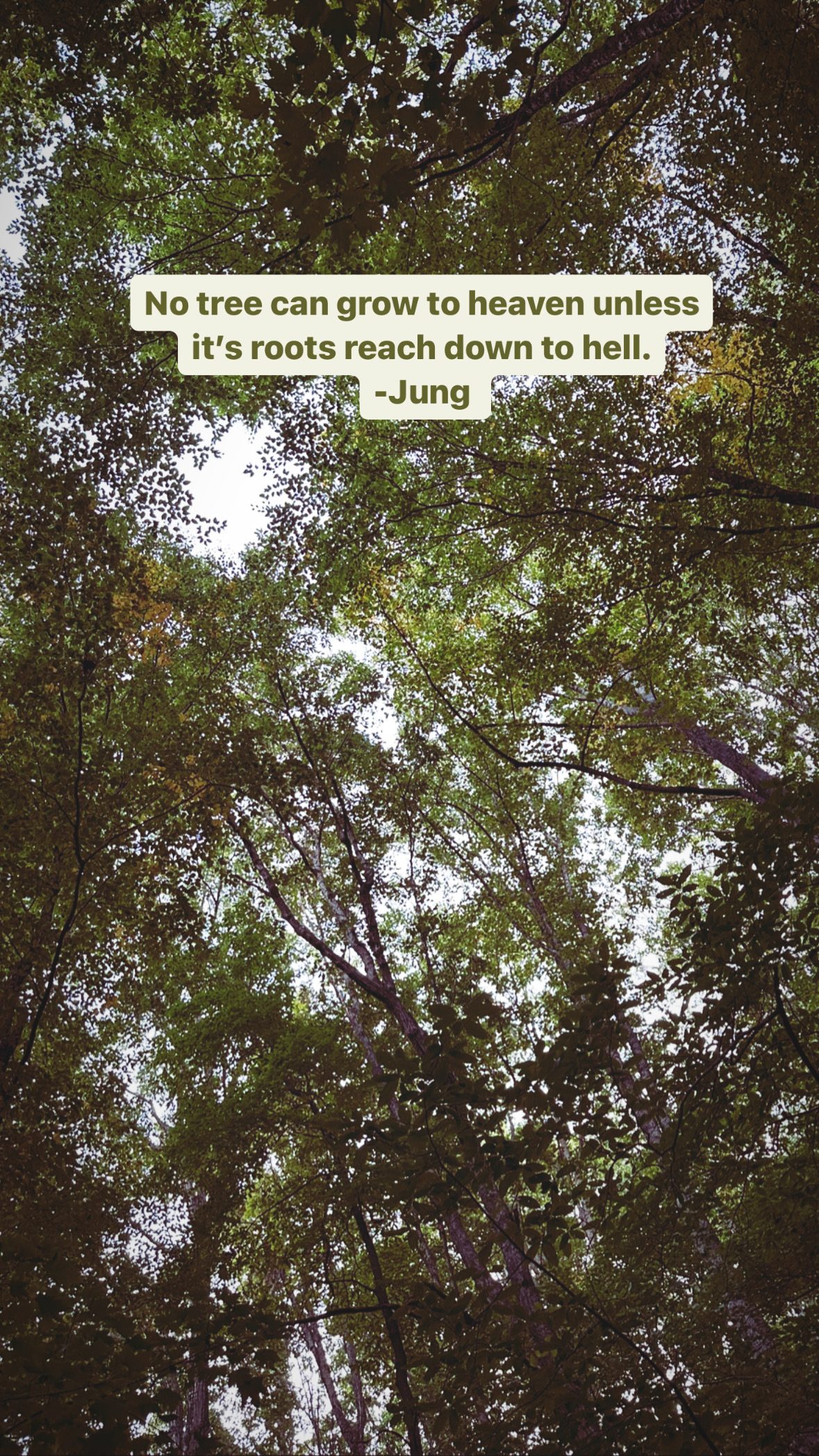
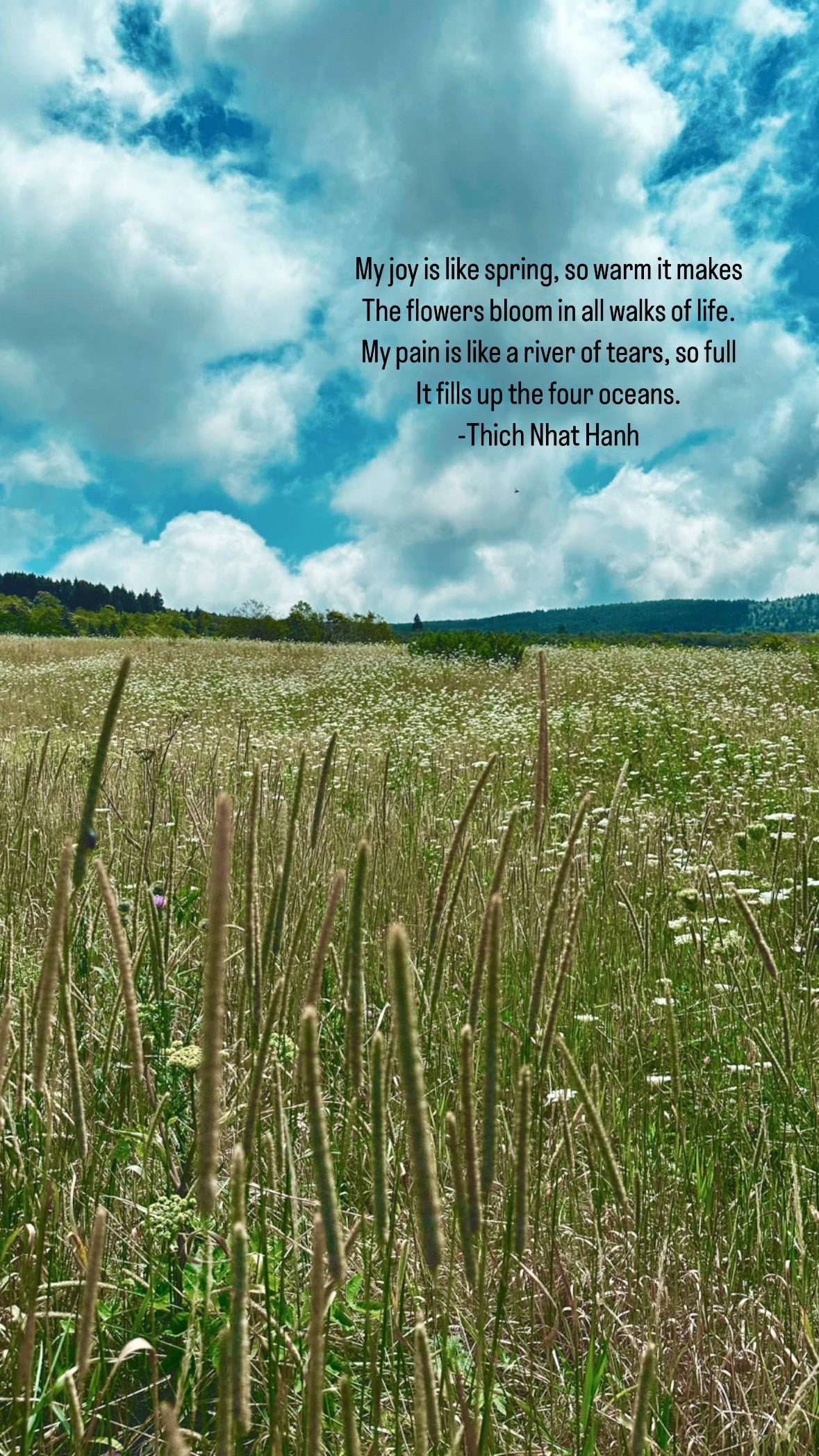
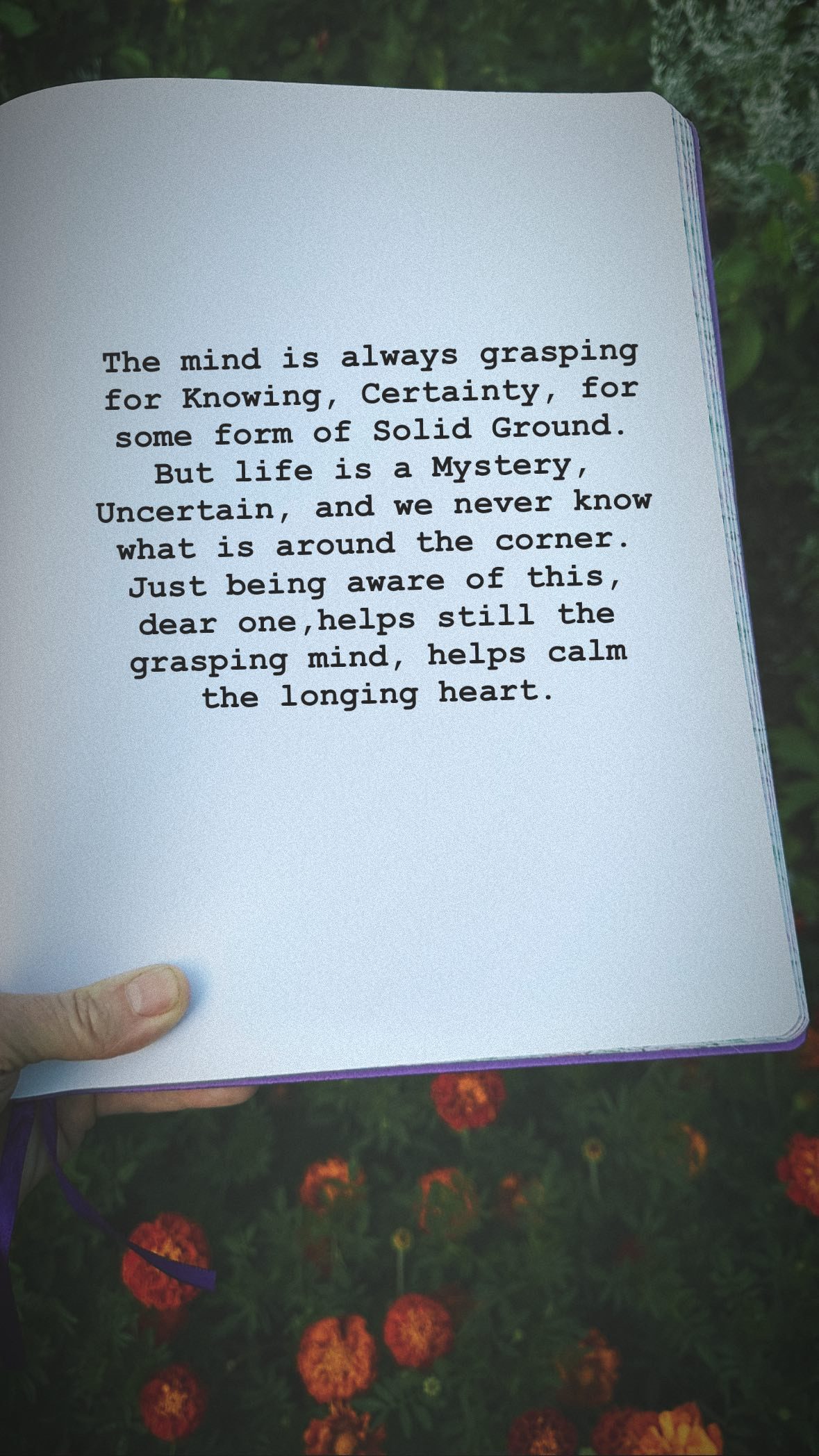
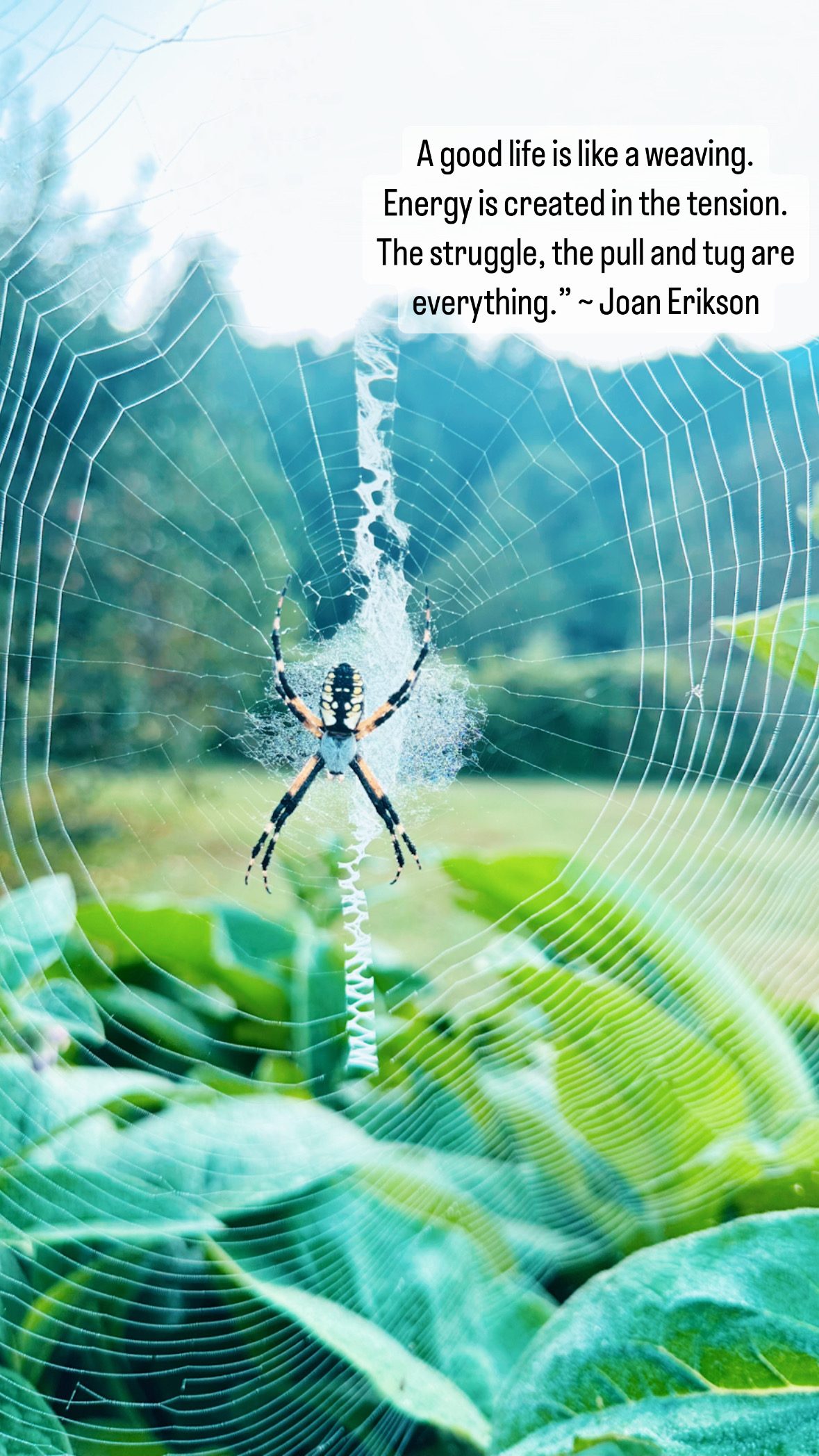
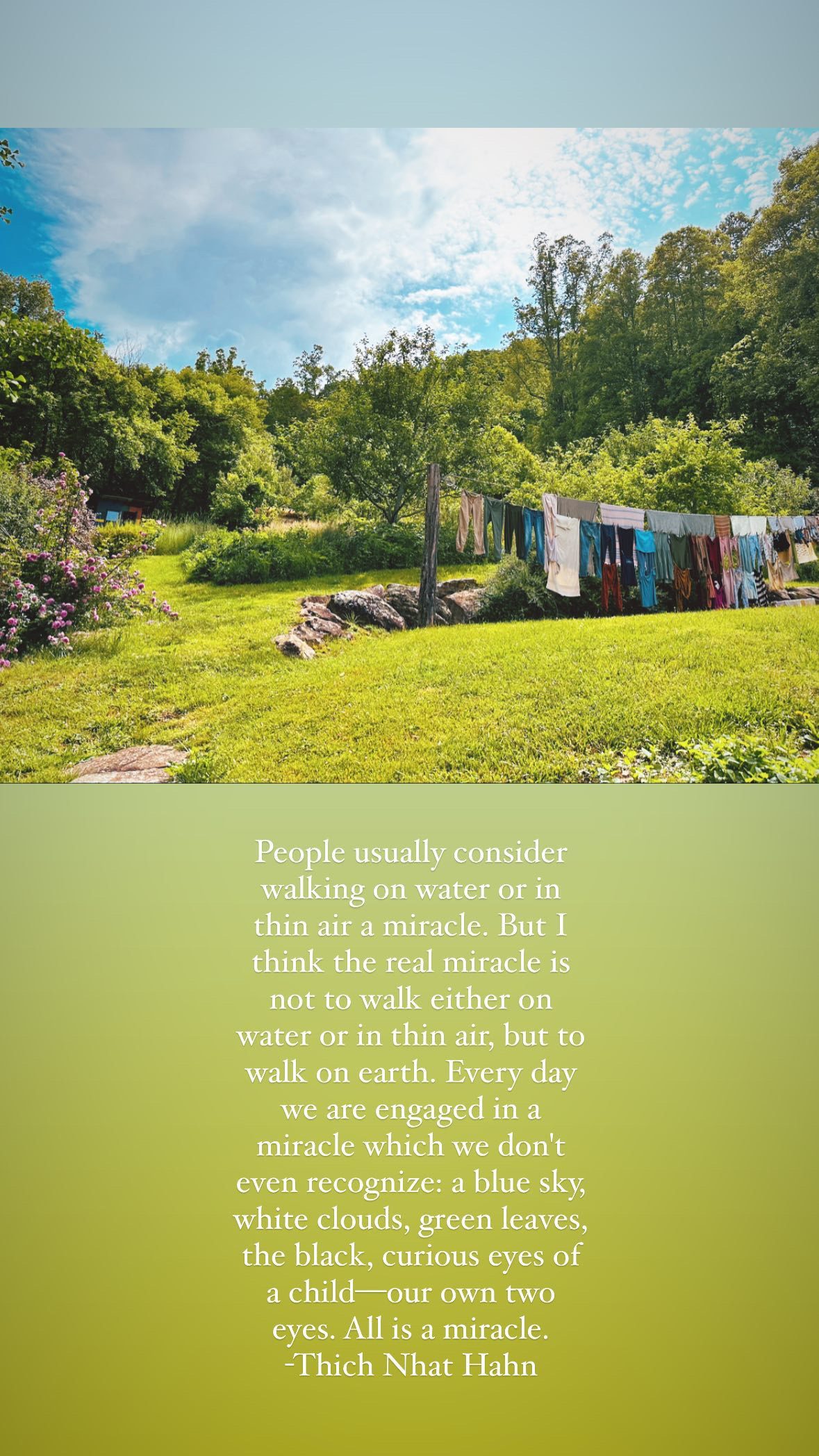
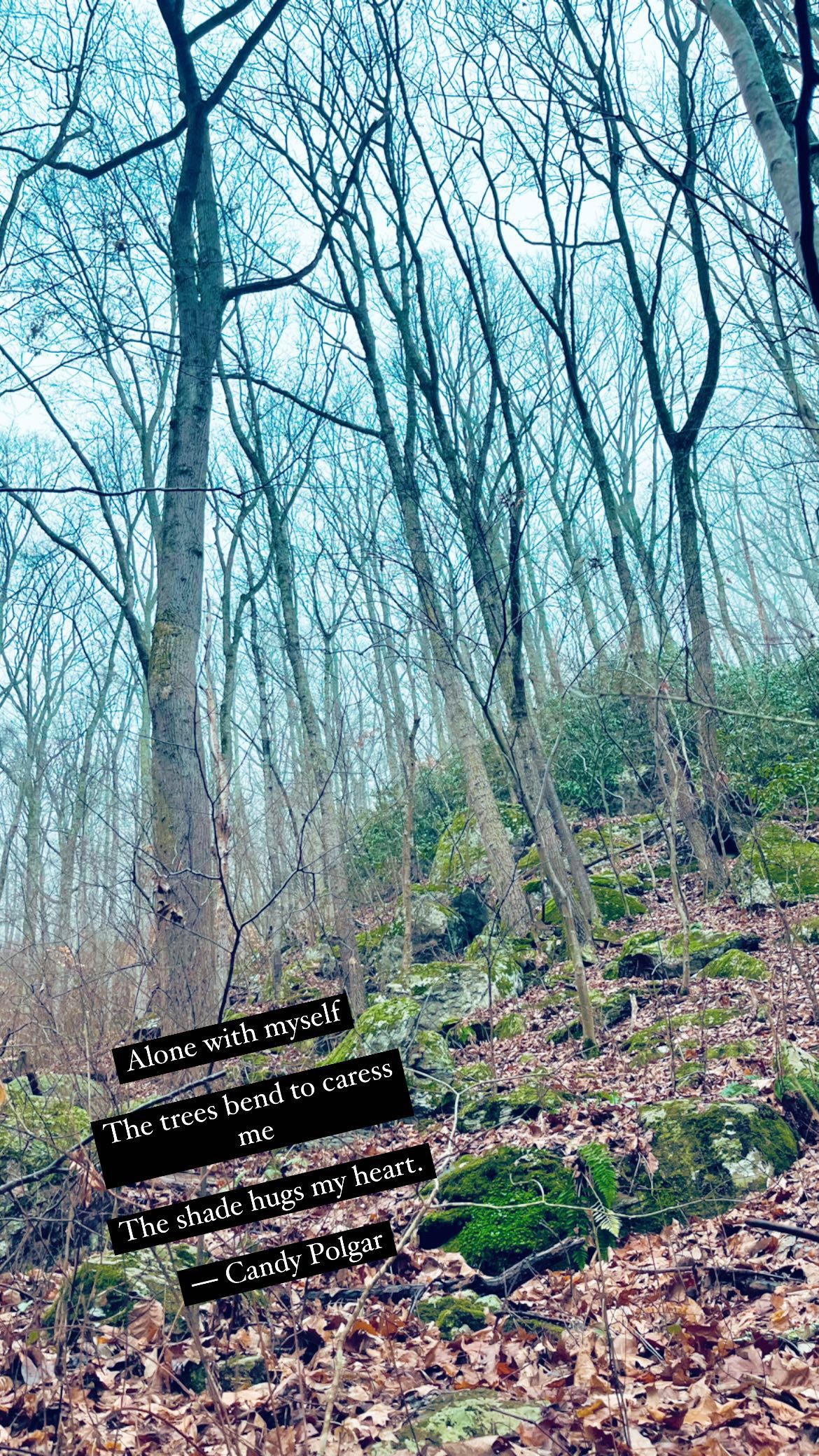
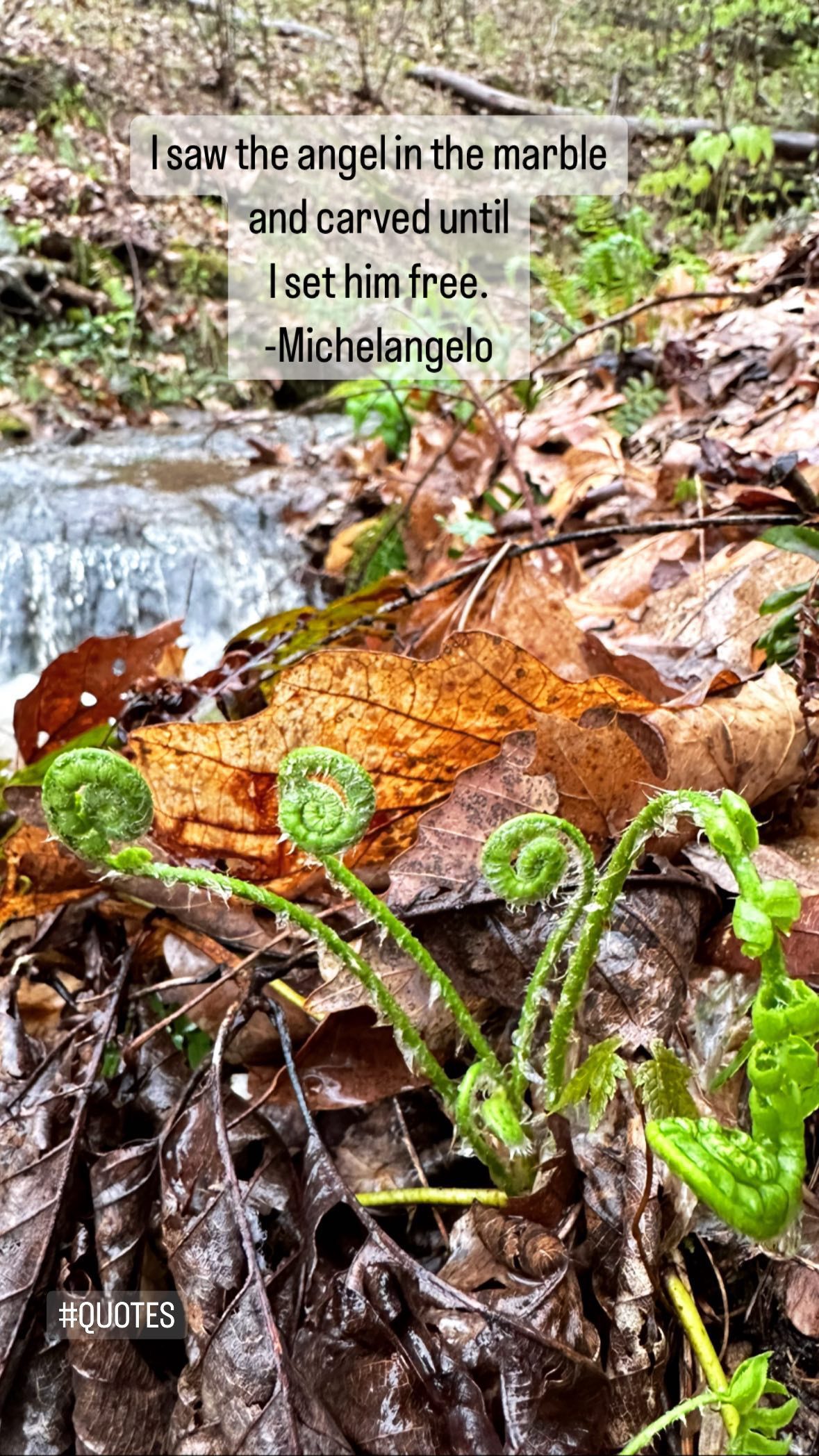
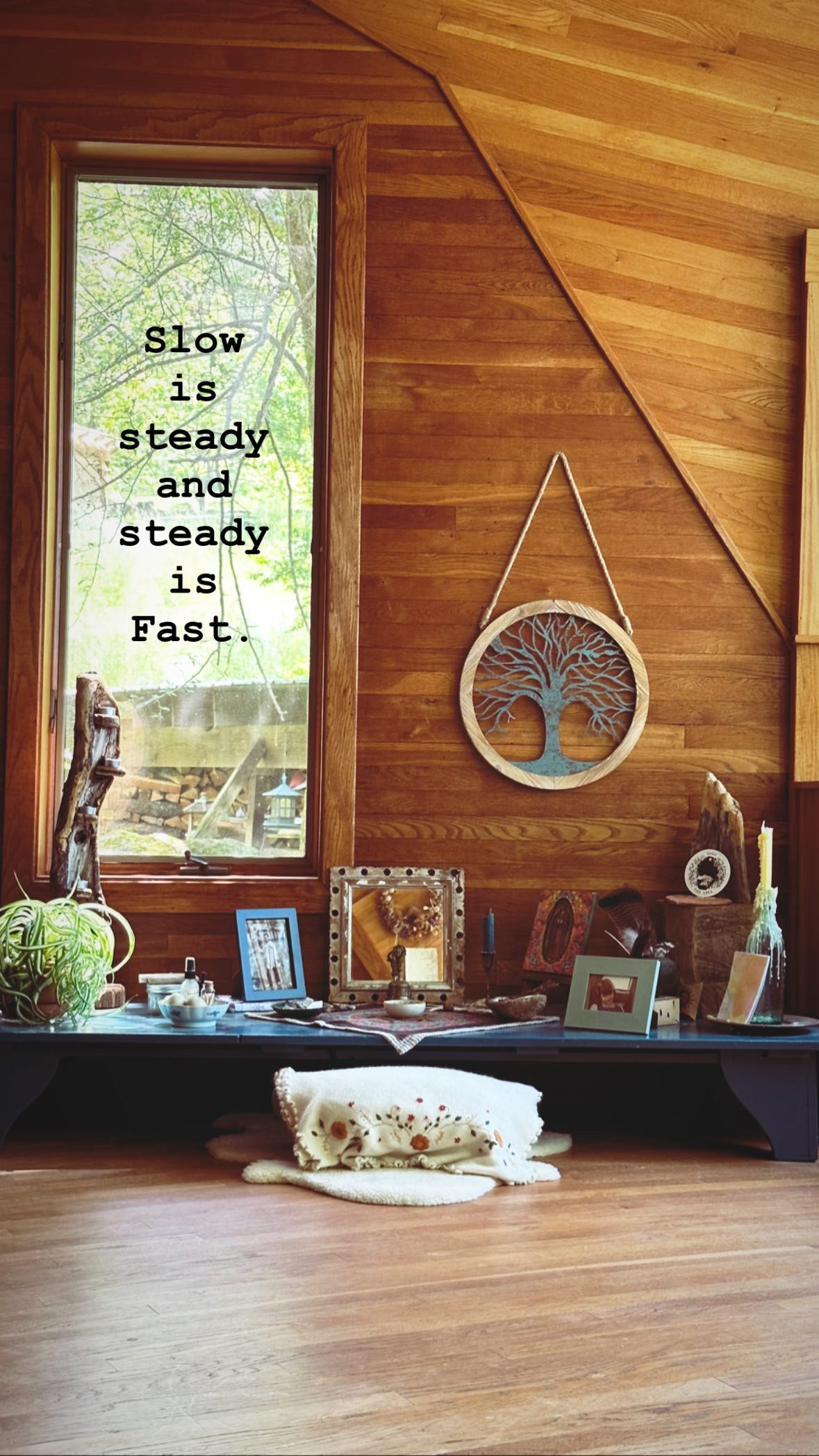
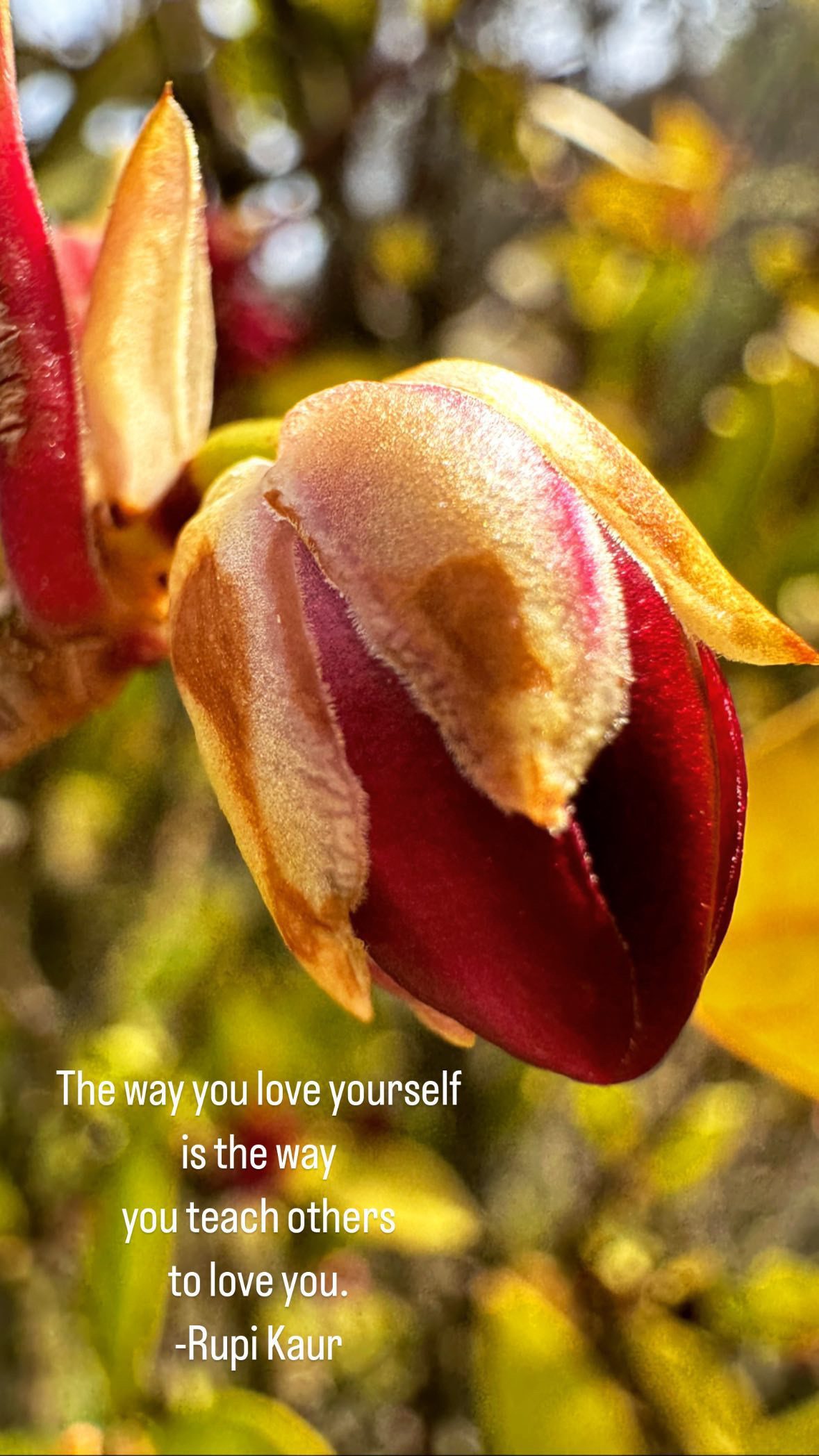
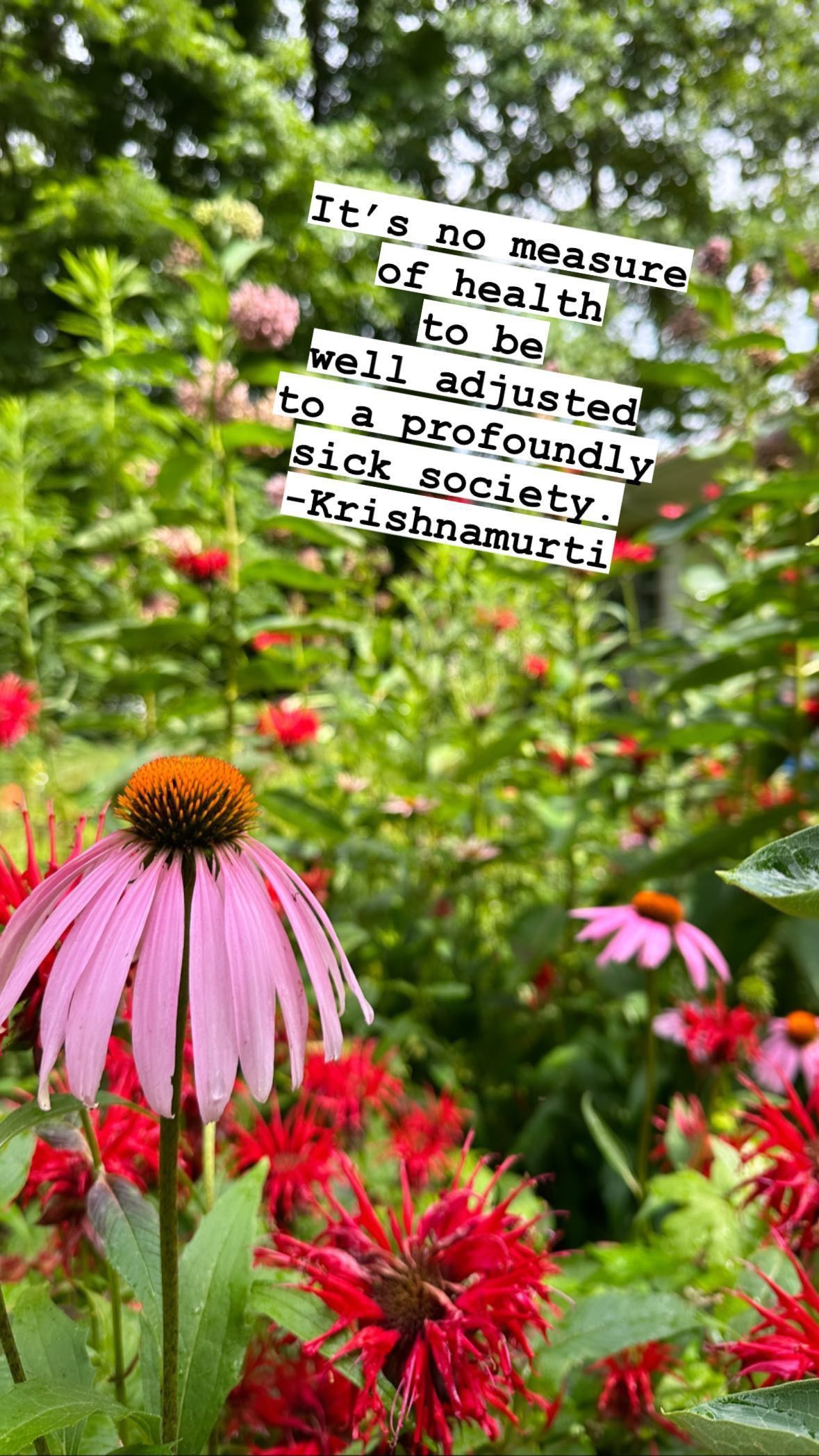
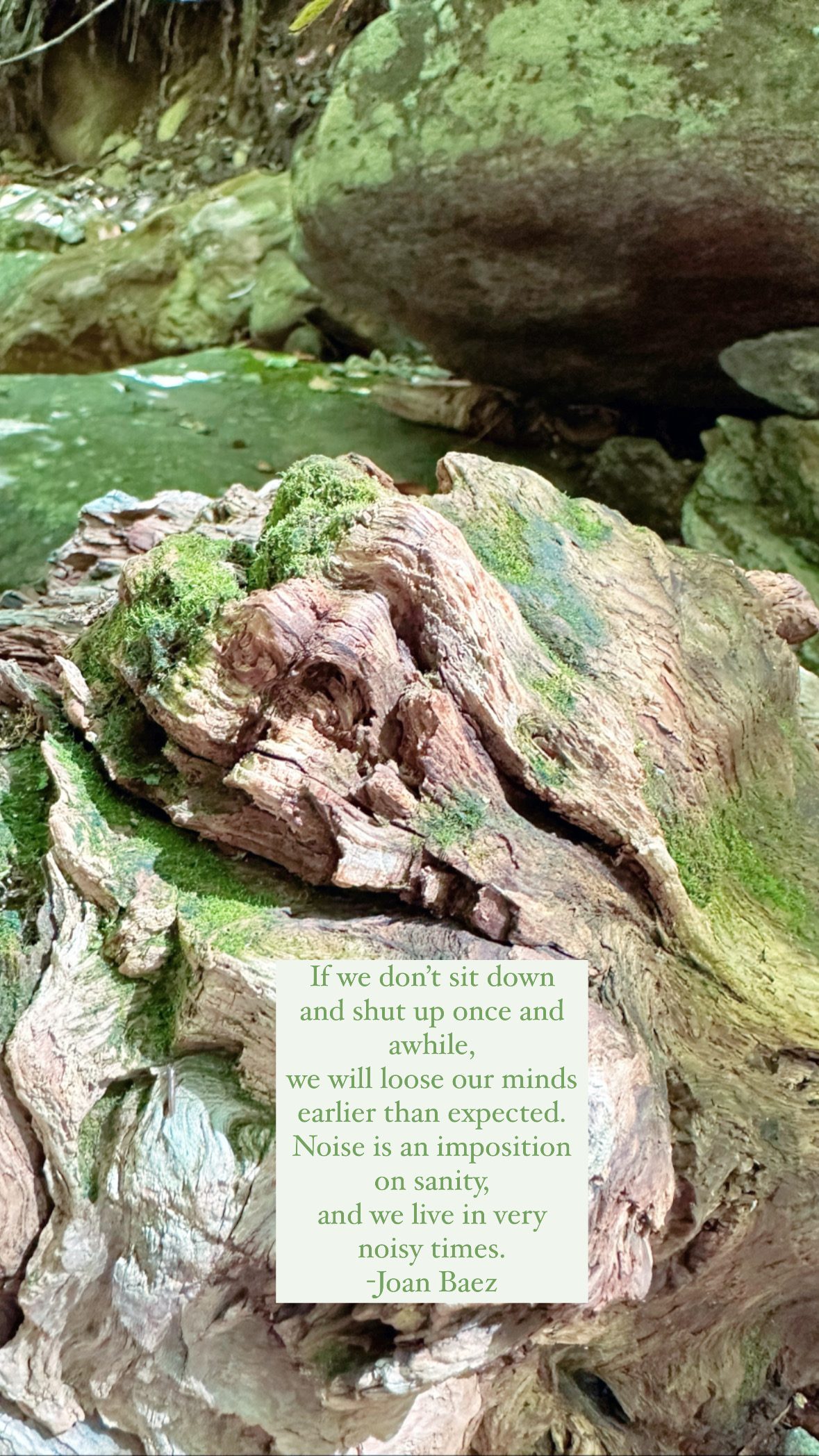

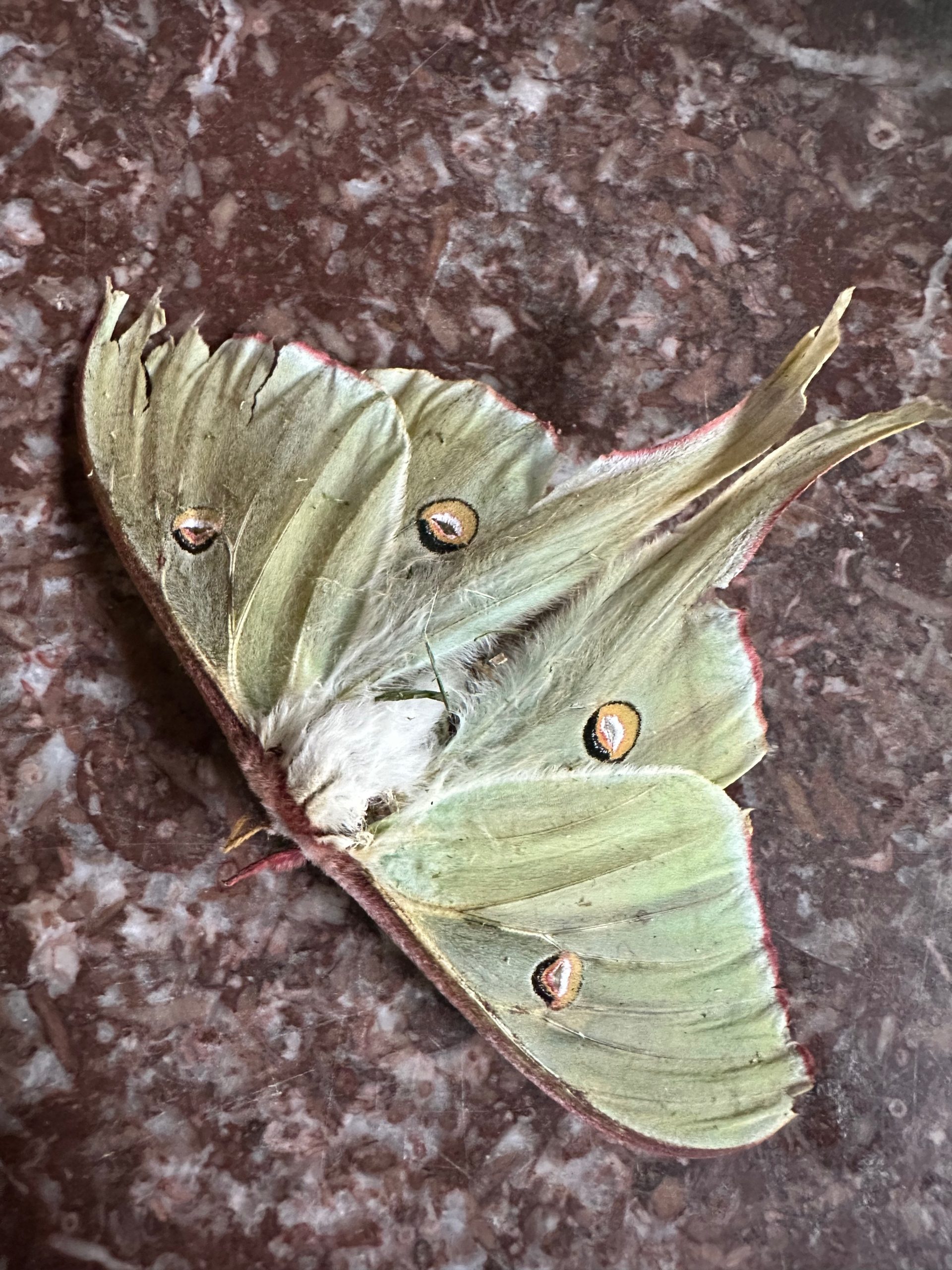
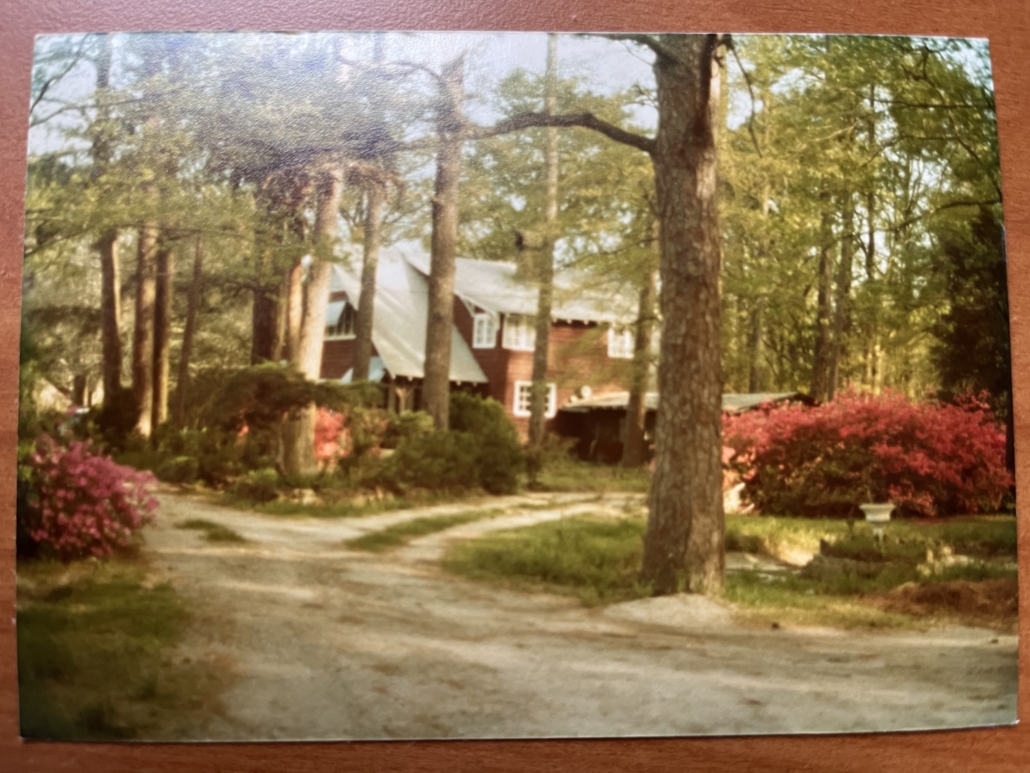
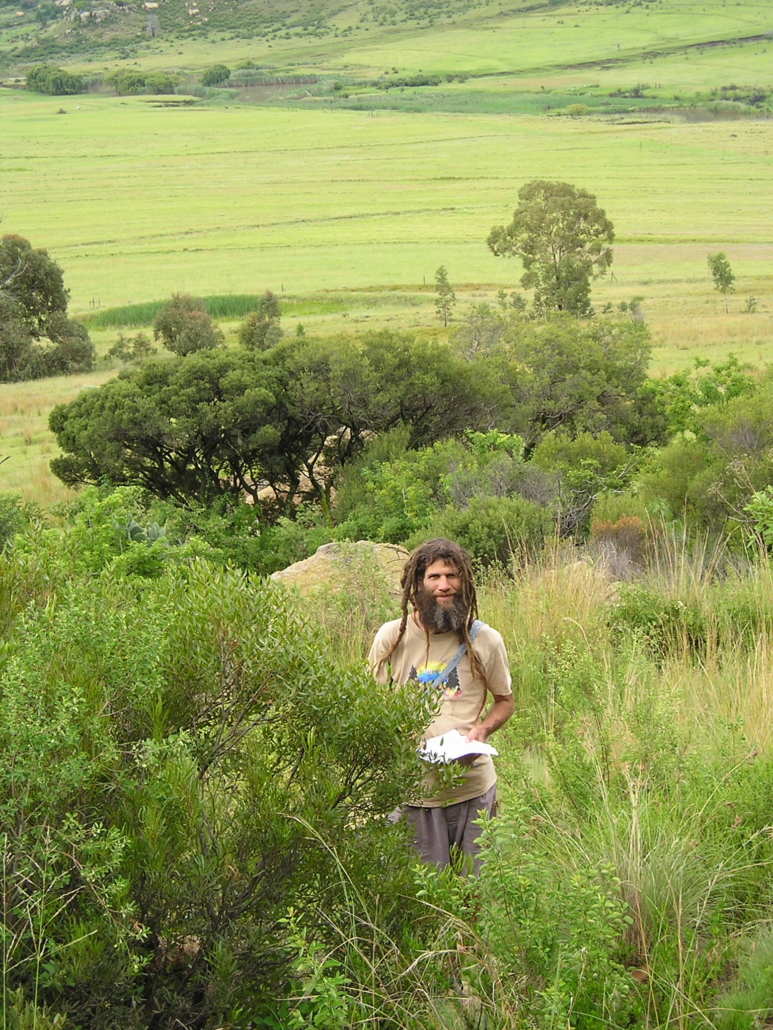

Follow Mary’s conversation with the natural world on Instagram